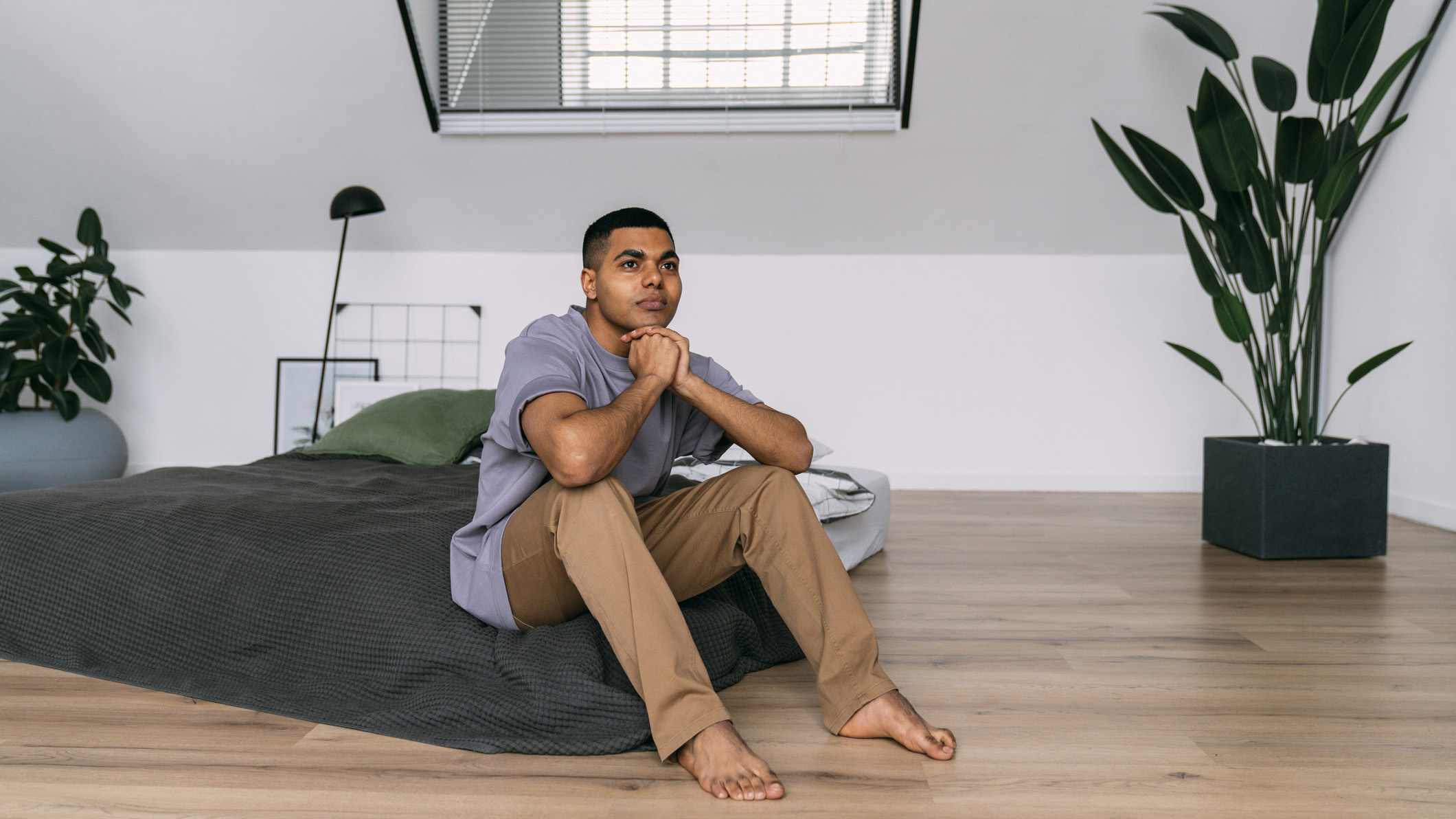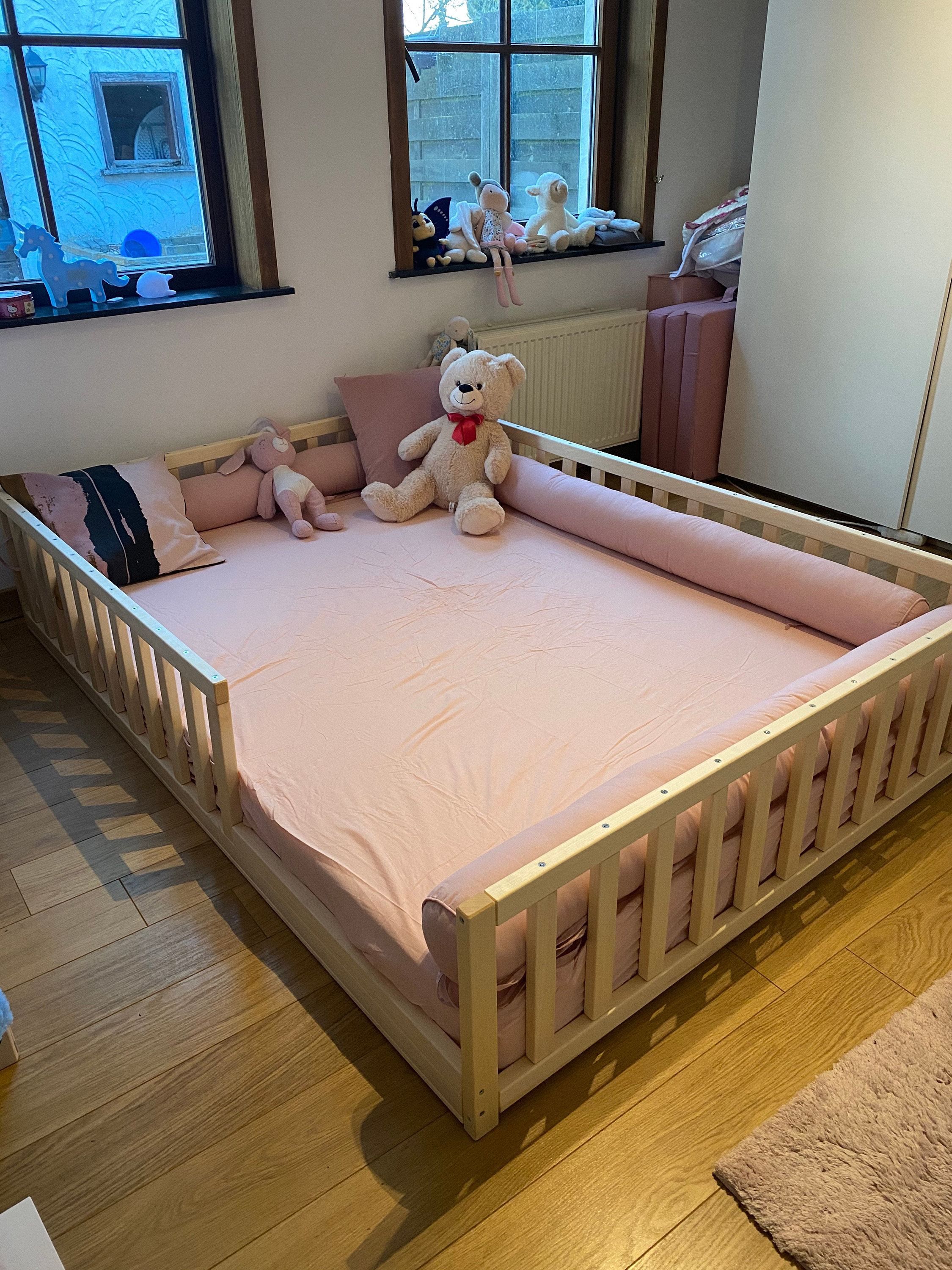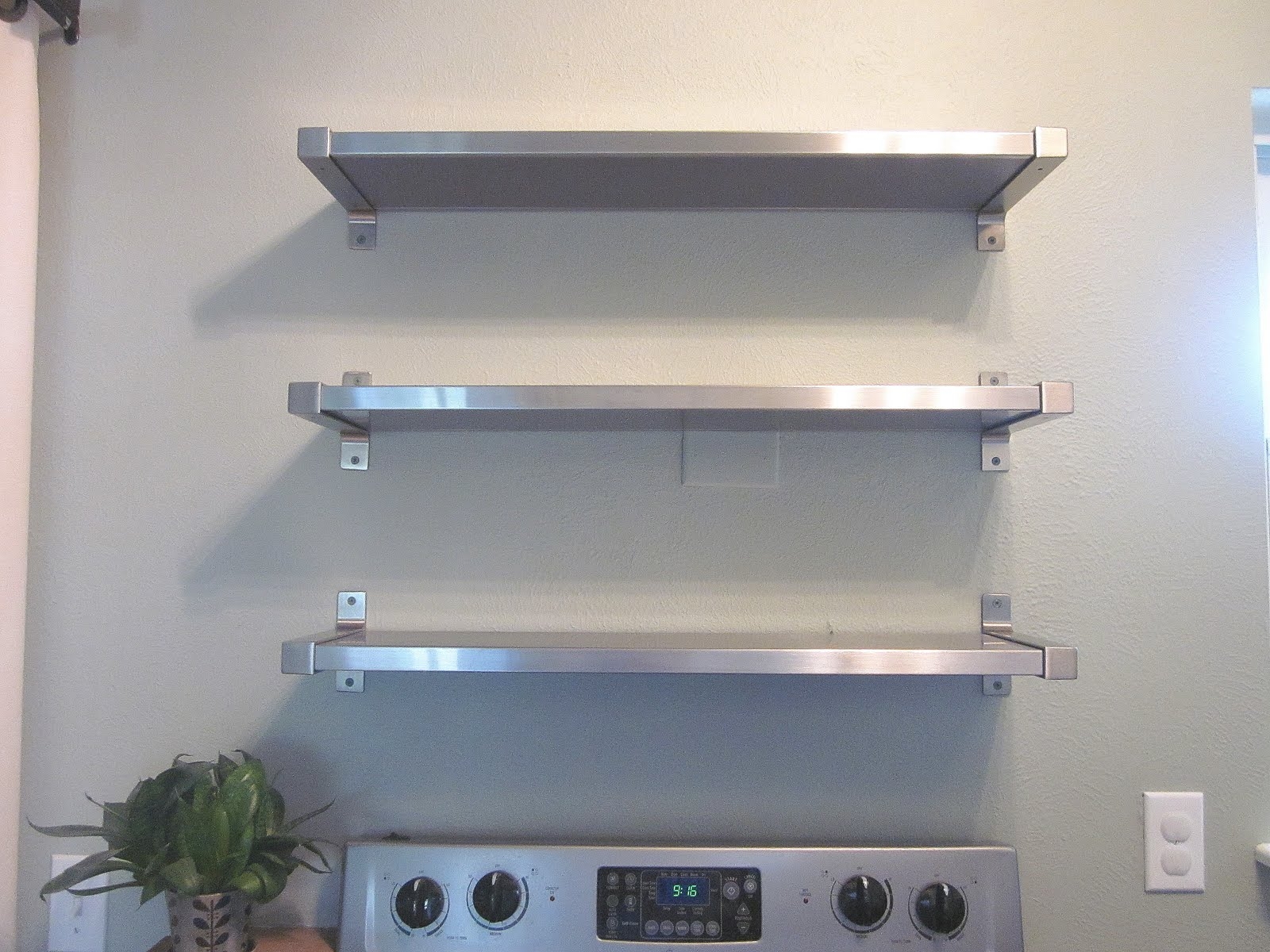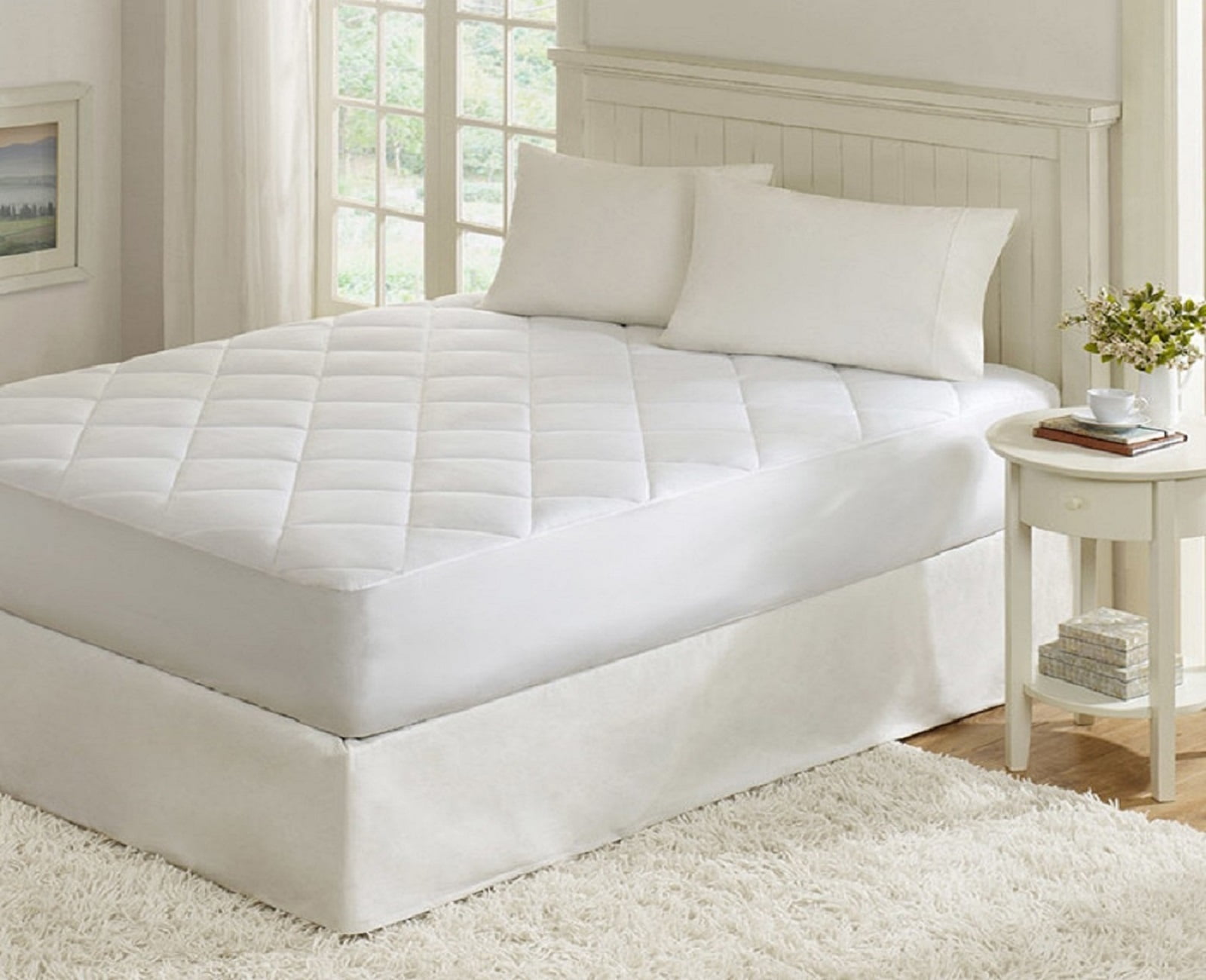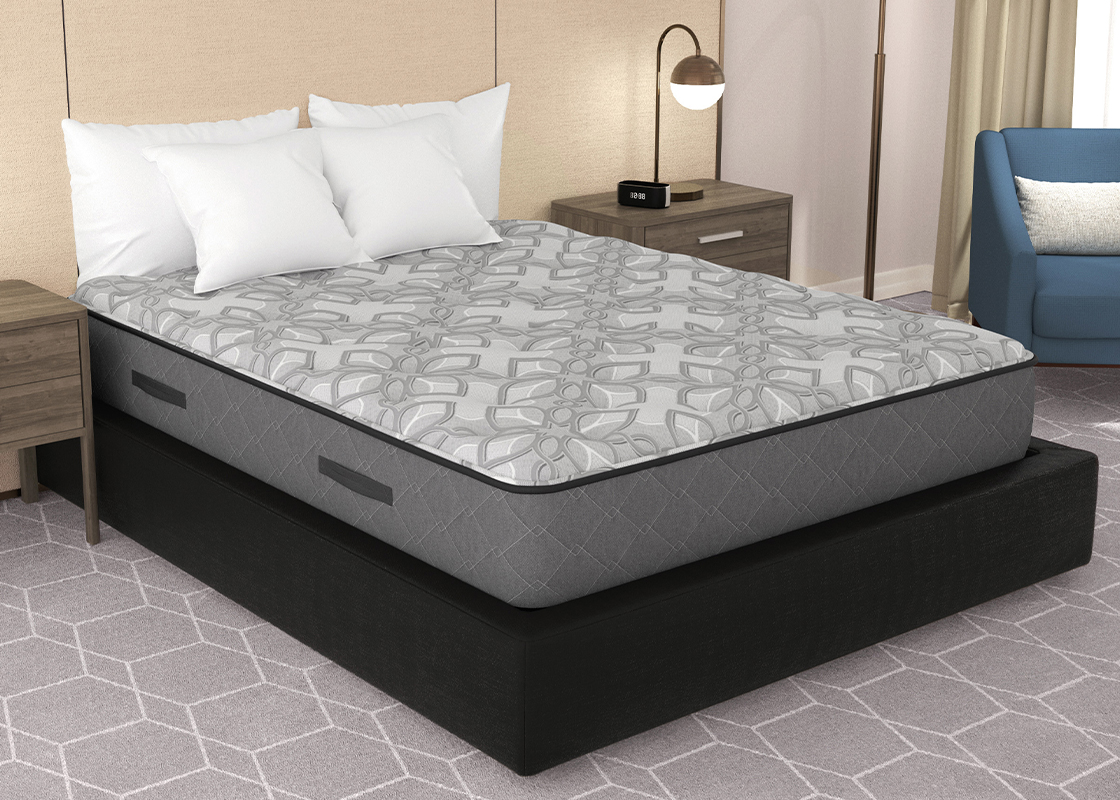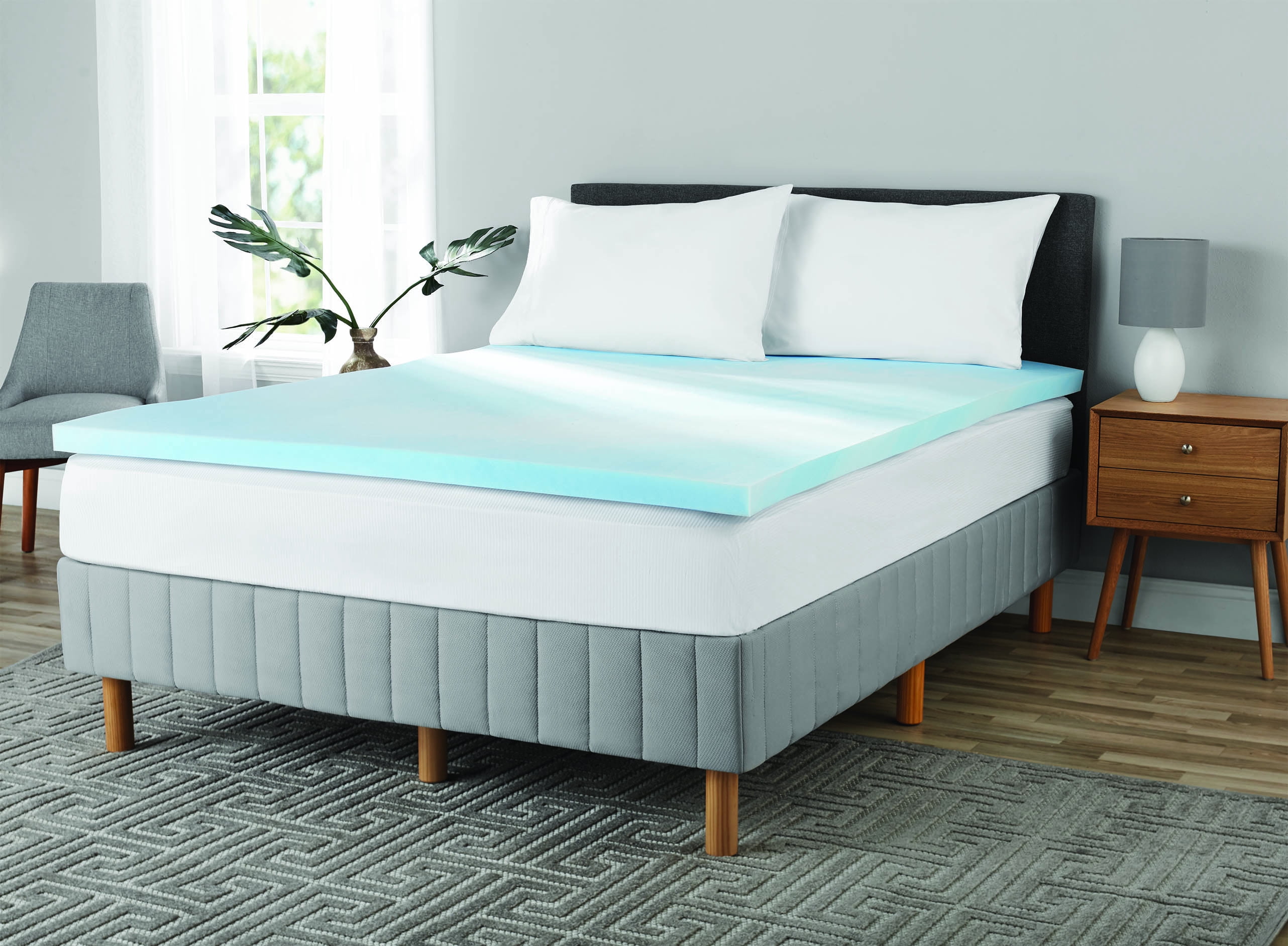Benefits of a Floor Bed for Toddlers
Transitioning your toddler from a crib to a regular bed can be a big milestone. While many parents opt for a traditional bed, some are turning to a floor bed for their little ones. A floor bed is simply a mattress on the floor, without a bed frame or rails. This may sound unconventional, but there are actually several benefits to using a floor bed for your toddler.
1. Encourages Independence: A floor bed allows your toddler to get in and out of bed on their own. This helps them develop a sense of independence and self-sufficiency.
2. Promotes Healthy Sleep Habits: A floor bed allows your toddler to move freely in their sleep, which can improve their circulation and reduce the risk of developing sleep issues like restless leg syndrome.
3. Easy to Transition: Transitioning from a crib to a floor bed is often easier than transitioning to a traditional bed. This is because the floor bed still provides a familiar sleeping environment for your toddler.
4. Saves Space and Money: Floor beds are typically cheaper than traditional beds and take up less space in a room. This is especially useful for families with limited space or those on a budget.
5. Encourages a Minimalist Lifestyle: A floor bed can be a part of a minimalist lifestyle. By eliminating the need for a bed frame and rails, you can reduce clutter and simplify your child's sleeping space.
How to Transition Your Toddler to a Floor Bed
Transitioning your toddler to a floor bed may seem daunting, but with the right approach, it can be a smooth process. Here are some tips to help you make the transition:
1. Involve Your Toddler: Before making the switch, involve your toddler in the decision-making process. Let them pick out their new mattress or choose their favorite sheets. This will help them feel more excited and in control of the change.
2. Start with Naps: A gradual transition can be helpful. Start by having your toddler take naps on the floor bed and slowly transition to sleeping on it at night.
3. Create a Familiar Environment: Set up the floor bed in a familiar and safe space, preferably in your toddler's room. This will help them feel comfortable and secure in their new sleeping arrangement.
4. Use Familiar Bedtime Routines: Stick to your usual bedtime routines, such as reading a story or singing a lullaby. This will provide a sense of familiarity and help your toddler feel relaxed and ready for sleep.
5. Be Patient: Every child is different, and it may take some time for your toddler to adjust to their new sleeping arrangement. Be patient and give them time to get used to it.
Is It Safe for a Toddler to Sleep on a Mattress on the Floor?
Many parents may worry about the safety of having their toddler sleep on a mattress on the floor. However, when done correctly, a floor bed can be just as safe as a traditional bed. Here are some safety tips to keep in mind:
1. Use a Firm Mattress: Make sure to use a firm mattress that fits the bed frame snugly. This will reduce the risk of your toddler getting stuck in between the mattress and the frame.
2. Keep the Room Childproofed: As with any sleeping arrangement, it's important to childproof the room to ensure your toddler's safety. This includes securing furniture to the wall, covering outlets, and removing any potential hazards.
3. Monitor Your Toddler: Just like with a traditional bed, it's important to keep an eye on your toddler while they are sleeping on a floor bed. Check on them regularly and make sure they are safe and comfortable.
4. Consider Using a Bed Rail: If you're still worried about your toddler rolling off the bed, you can consider using a bed rail. This will provide an extra layer of protection and give you peace of mind.
5. Follow Safe Sleeping Guidelines: It's important to follow safe sleeping guidelines, such as placing your toddler on their back to sleep and keeping soft bedding and toys out of the bed.
The Montessori Method and Floor Beds for Toddlers
The Montessori method, an educational approach that emphasizes independence and self-directed learning, has become popular among parents. One aspect of the Montessori method is using a floor bed for toddlers. This is because it aligns with the Montessori principle of promoting independence and freedom of movement. Here are some ways the Montessori method and floor beds go hand in hand:
1. Encourages Independence: The Montessori method believes in fostering independence in children. A floor bed allows toddlers to get in and out of bed on their own, promoting this sense of independence.
2. Promotes Movement and Exploration: The Montessori approach also emphasizes the importance of movement and exploration for a child's development. A floor bed allows toddlers to move freely and explore their surroundings, even while they are sleeping.
3. Emphasizes Simplicity: The Montessori method advocates for a simple and clutter-free environment for children. A floor bed, with its minimalistic approach, aligns with this principle.
4. Focuses on Child-Centered Learning: The Montessori method encourages child-centered learning, where children are given the freedom to make their own choices. A floor bed allows toddlers to make decisions about their sleeping environment, promoting this child-led approach.
Pros and Cons of a Floor Bed for Toddlers
Like any parenting decision, there are pros and cons to using a floor bed for your toddler. Here are some to consider:
Pros:
• Encourages independence and self-sufficiency
• Promotes healthy sleep habits
• Saves space and money
• Aligns with the Montessori method
Cons:
• Potential safety risks if not done correctly
• May take time for your toddler to adjust
• Not suitable for all families and sleeping arrangements
How to Make a Safe and Comfortable Floor Bed for Your Toddler
To ensure your toddler's safety and comfort, it's important to set up their floor bed correctly. Here are some tips to help you make a safe and comfortable floor bed:
1. Use a Firm Mattress: As mentioned before, a firm mattress is essential for a floor bed. Make sure it fits the bed frame snugly and doesn't leave any gaps that your toddler can get stuck in.
2. Use a Low Bed Frame: Choose a low bed frame that is close to the ground. This will reduce the risk of your toddler falling from a significant height.
3. Keep the Bedding Simple: It's best to keep the bedding simple and minimalistic for a floor bed. Use a fitted sheet and a light blanket or sleep sack for your toddler.
4. Make Sure the Room is Safe: As mentioned before, it's important to childproof the room to ensure your toddler's safety. This includes securing furniture, covering outlets, and removing any potential hazards.
5. Consider Adding a Soft Rug: To make the floor bed more comfortable and inviting, consider adding a soft rug or mat around the bed. This will also provide a designated play area for your toddler.
Why Some Parents Choose a Floor Bed for Their Toddler
There are several reasons why parents may choose a floor bed for their toddler. Here are some of the most common reasons:
1. A Desire for Simplicity: Some parents may choose a floor bed as part of their minimalist lifestyle, as it eliminates the need for a bed frame and rails.
2. Following the Montessori Method: As mentioned before, the Montessori method has become popular among parents, and a floor bed is often a part of this approach.
3. Encouraging Independence: A floor bed allows toddlers to get in and out of bed on their own, promoting a sense of independence.
4. Limited Space: For families with limited space, a floor bed can be a practical solution that saves both space and money.
5. A Familiar Sleeping Environment: Some parents may choose a floor bed because it provides a familiar sleeping environment for their toddler, making the transition from a crib easier.
Tips for Encouraging Your Toddler to Sleep on a Floor Bed
Every child is different, and some may take longer to adjust to a floor bed than others. Here are some tips to help encourage your toddler to sleep on a floor bed:
1. Involve Your Toddler: As mentioned before, involve your toddler in the decision-making process and let them have a say in their new sleeping arrangement.
2. Make It Fun: You can make the transition to a floor bed more exciting by letting your toddler pick out new sheets or a special stuffed animal to sleep with.
3. Stick to a Routine: Maintaining a consistent bedtime routine can help your toddler feel more comfortable and relaxed in their new sleeping space.
4. Be Patient: It may take some time for your toddler to adjust to their new sleeping arrangement. Be patient and provide reassurance and comfort as needed.
5. Consider Using a Timer: If your toddler is having trouble staying in bed, you can try using a timer to let them know when it's time to get up. This can help them understand and follow the new sleeping routine.
Potential Risks of a Toddler Sleeping on a Mattress on the Floor
While a floor bed can be a safe sleeping option for toddlers, there are some potential risks to be aware of. These include:
1. Safety Risks if Not Done Correctly: As mentioned before, it's important to set up the floor bed correctly and follow safety guidelines to ensure your toddler's safety.
2. Difficulty in Adjusting: Some toddlers may have a hard time adjusting to a floor bed, which can result in disrupted sleep patterns.
3. Not Suitable for All Families: A floor bed may not be the best option for families with multiple children or those who co-sleep.
4. Potential for Injuries: While rare, there is a risk of your toddler falling from a floor bed and getting injured. This risk can be minimized by using a low bed frame and keeping the room safe and childproofed.
5. Not Recommended for All Ages: Floor beds are generally recommended for toddlers and young children. It may not be suitable for older children or adults, as they may have difficulty getting up from a low bed.
Alternatives to a Floor Bed for Toddlers
While a floor bed may work well for some families, it's not the only option for a toddler's sleeping arrangement. Here are some alternatives to consider:
1. Traditional Bed: A traditional bed with a frame and rails may be a safer option for some families, especially those with multiple children or those who co-sleep.
2. Toddler Bed: A toddler bed is an in-between option, smaller than a traditional bed but larger than a crib. It may be a good choice if you want to keep your toddler in a familiar sleeping environment.
3. Co-Sleeping: Some families choose to co-sleep with their toddler, which involves having the child sleep in the same bed as the parents. This can be a bonding experience but may not be suitable for all families.
4. Bunk Bed: For families with multiple children, a bunk bed can be a practical and space-saving option. However, it's important to ensure the bed is safe and appropriate for young children.
5. Mattress on the Floor: If you're not ready to commit to a floor bed, you can consider simply placing your toddler's mattress on the floor for a period of time. This can help them get used to sleeping without a crib while still providing some safety measures.
Is it Safe for Toddlers to Sleep on a Mattress on the Floor?
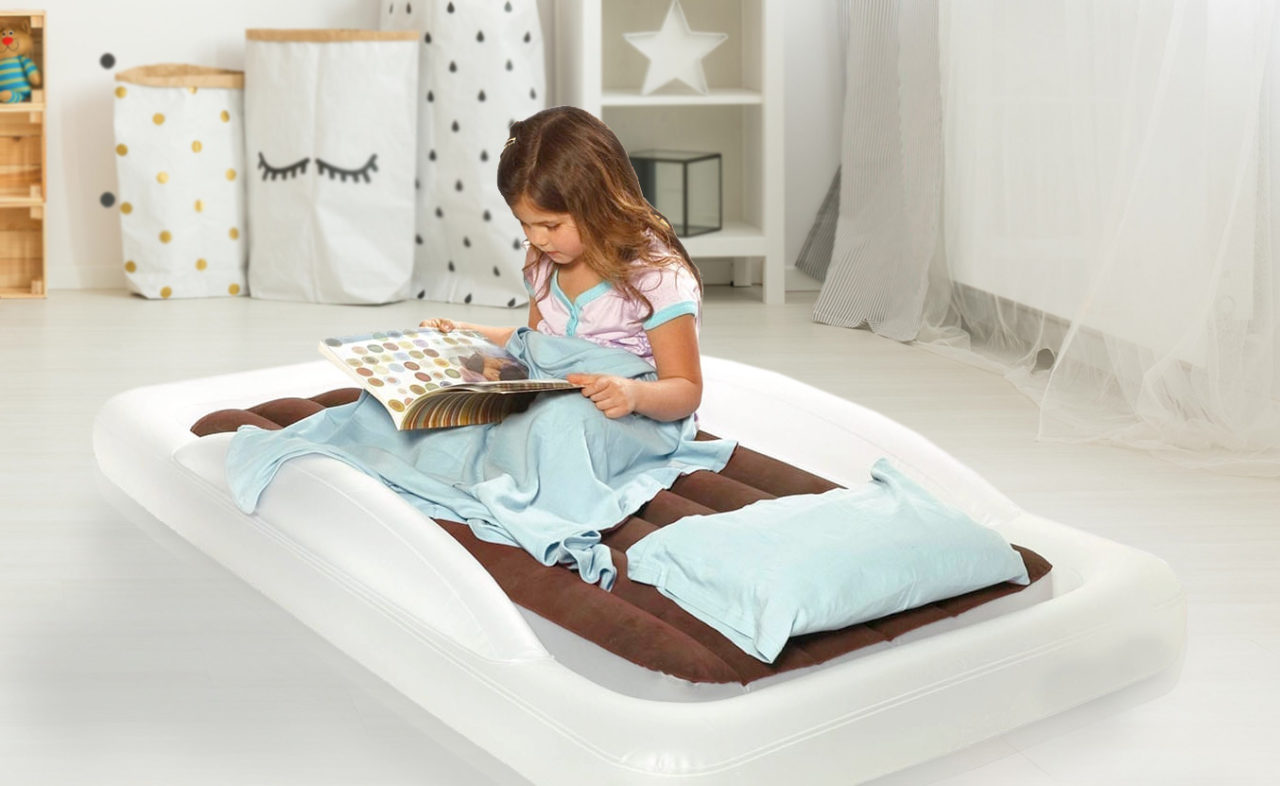
The Growing Trend of Floor Mattress for Toddlers
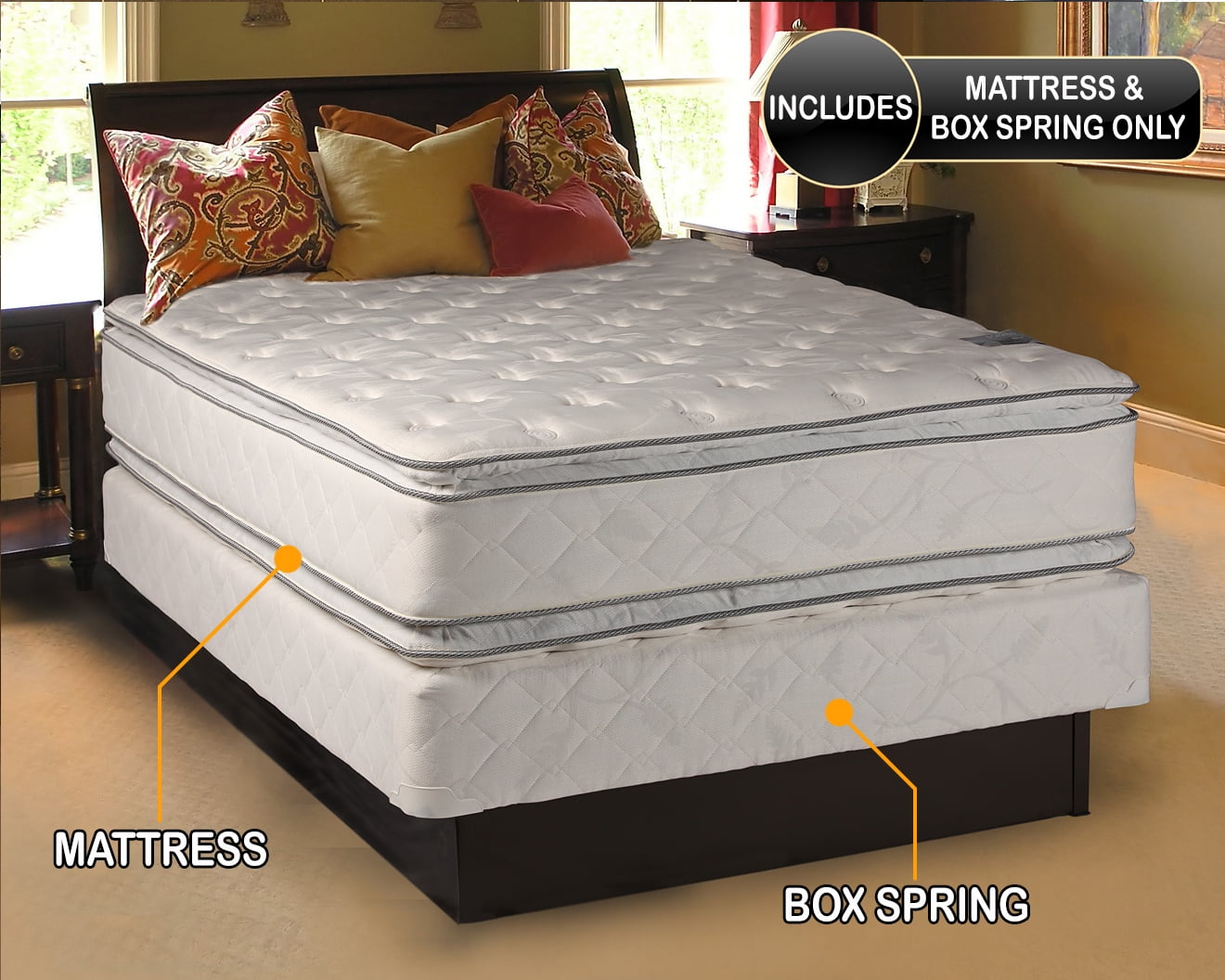 In recent years, there has been a growing trend of parents choosing to have their toddlers sleep on a mattress on the floor instead of a traditional bed. This trend has sparked a debate among parents and experts on whether it is safe and beneficial for toddlers to sleep on a mattress on the floor. If you're considering this option for your child, it's important to weigh the pros and cons before making a decision.
In recent years, there has been a growing trend of parents choosing to have their toddlers sleep on a mattress on the floor instead of a traditional bed. This trend has sparked a debate among parents and experts on whether it is safe and beneficial for toddlers to sleep on a mattress on the floor. If you're considering this option for your child, it's important to weigh the pros and cons before making a decision.
The Benefits of Sleeping on a Floor Mattress for Toddlers
 Some parents choose to have their toddlers sleep on a floor mattress for various reasons. One of the main reasons is safety. With a mattress on the floor, there is no risk of a toddler falling off a raised bed and getting injured. This is especially beneficial for active toddlers who tend to move around a lot in their sleep. Additionally, a floor mattress allows for a more open and spacious room design, as there is no bulky bed frame taking up space.
Another benefit of a floor mattress is that it promotes independence and encourages self-care in toddlers. With a bed at their level, toddlers can learn to get in and out of bed on their own, which can build their confidence and sense of autonomy. This can also make the transition to a traditional bed easier in the future.
Some parents choose to have their toddlers sleep on a floor mattress for various reasons. One of the main reasons is safety. With a mattress on the floor, there is no risk of a toddler falling off a raised bed and getting injured. This is especially beneficial for active toddlers who tend to move around a lot in their sleep. Additionally, a floor mattress allows for a more open and spacious room design, as there is no bulky bed frame taking up space.
Another benefit of a floor mattress is that it promotes independence and encourages self-care in toddlers. With a bed at their level, toddlers can learn to get in and out of bed on their own, which can build their confidence and sense of autonomy. This can also make the transition to a traditional bed easier in the future.
Is it Safe for Toddlers to Sleep on a Mattress on the Floor?
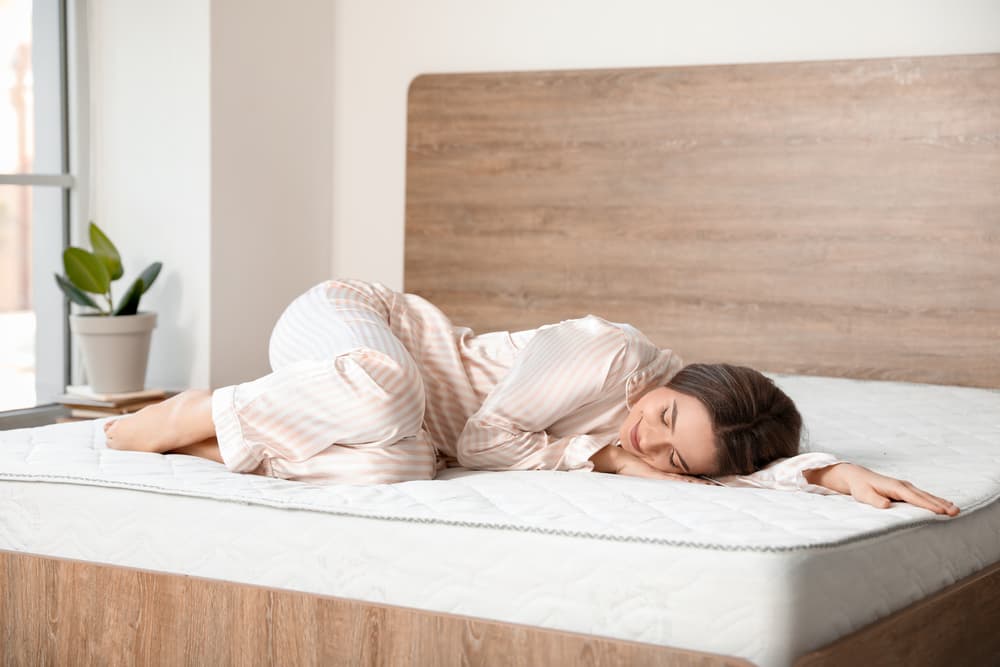 While there are some benefits to having a toddler sleep on a mattress on the floor, it's important to consider the safety aspect. While a floor mattress eliminates the risk of falling from a raised bed, it may not provide enough support for a growing child's body. This can lead to discomfort and potential back problems in the long run.
Additionally, having a mattress on the floor may not be the best option for families with pets or younger siblings. Toddlers may be more vulnerable to being stepped on or suffocated by a pet or younger sibling if they are sleeping on the floor.
While there are some benefits to having a toddler sleep on a mattress on the floor, it's important to consider the safety aspect. While a floor mattress eliminates the risk of falling from a raised bed, it may not provide enough support for a growing child's body. This can lead to discomfort and potential back problems in the long run.
Additionally, having a mattress on the floor may not be the best option for families with pets or younger siblings. Toddlers may be more vulnerable to being stepped on or suffocated by a pet or younger sibling if they are sleeping on the floor.
The Verdict: It Depends on Your Child and Your Home
 In the end, whether a toddler should sleep on a mattress on the floor or not depends on factors such as the child's age, behavior, and the layout of your home. It's important to consider both the potential benefits and risks before making a decision. If you do choose to have your toddler sleep on a floor mattress, make sure to regularly check for any signs of discomfort or back pain and provide additional support if needed.
Overall, while there are some potential benefits to having a toddler sleep on a mattress on the floor, it's important to prioritize their safety and comfort above all else.
As always, it's best to consult with your child's pediatrician or a sleep specialist for personalized advice and recommendations.
In the end, whether a toddler should sleep on a mattress on the floor or not depends on factors such as the child's age, behavior, and the layout of your home. It's important to consider both the potential benefits and risks before making a decision. If you do choose to have your toddler sleep on a floor mattress, make sure to regularly check for any signs of discomfort or back pain and provide additional support if needed.
Overall, while there are some potential benefits to having a toddler sleep on a mattress on the floor, it's important to prioritize their safety and comfort above all else.
As always, it's best to consult with your child's pediatrician or a sleep specialist for personalized advice and recommendations.



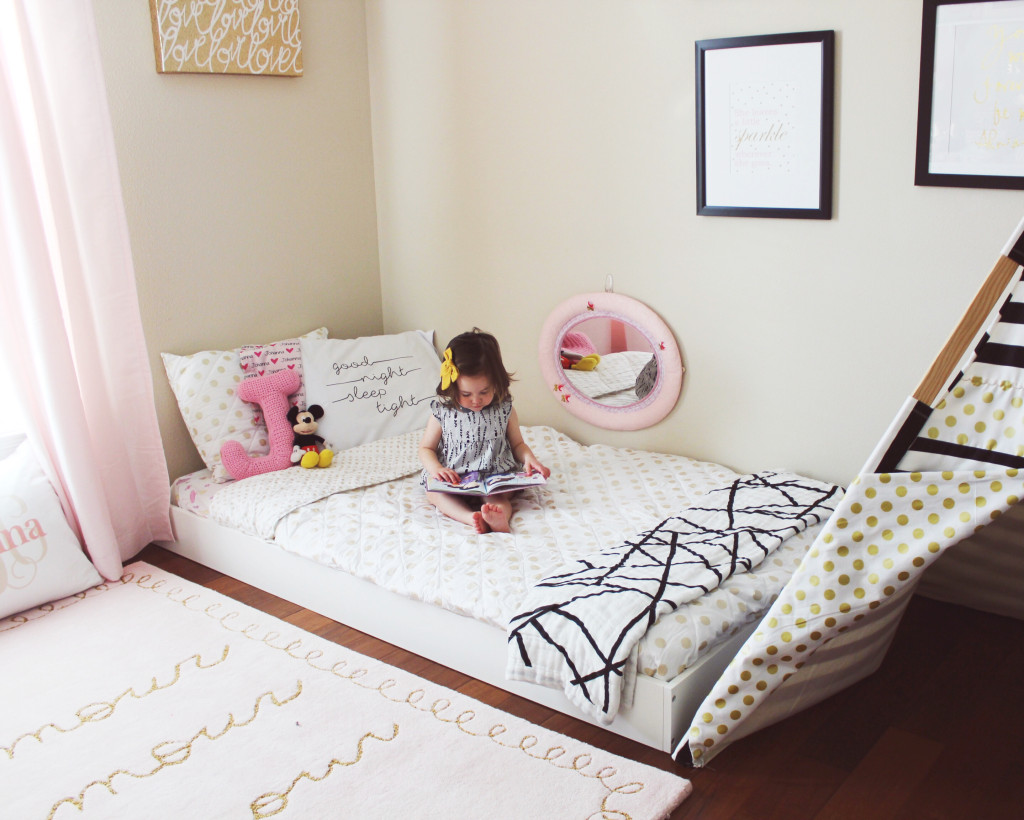



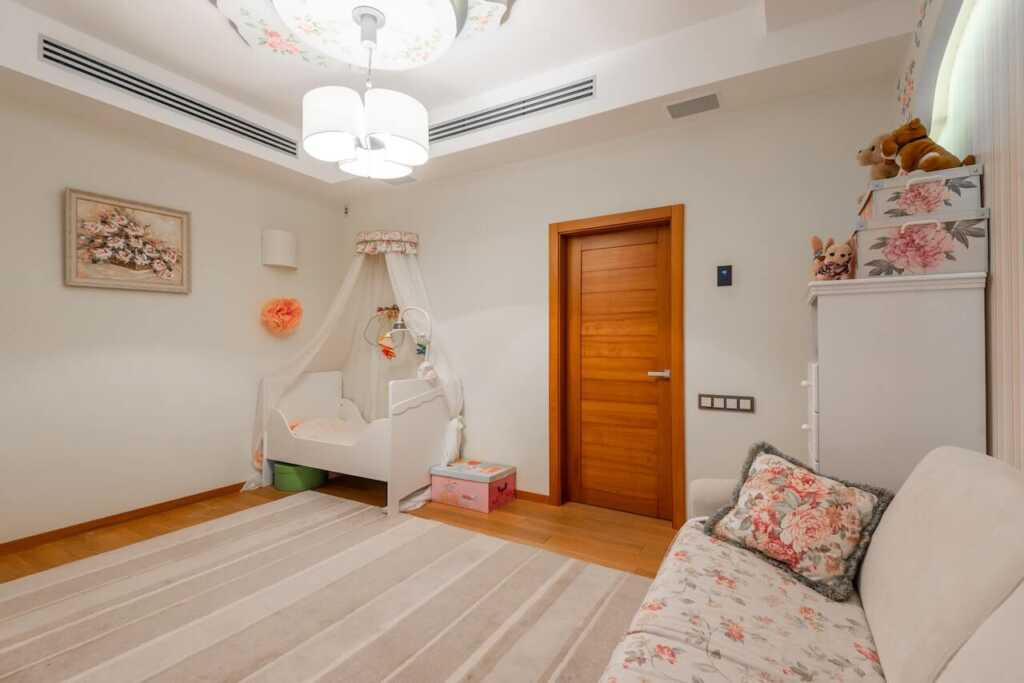


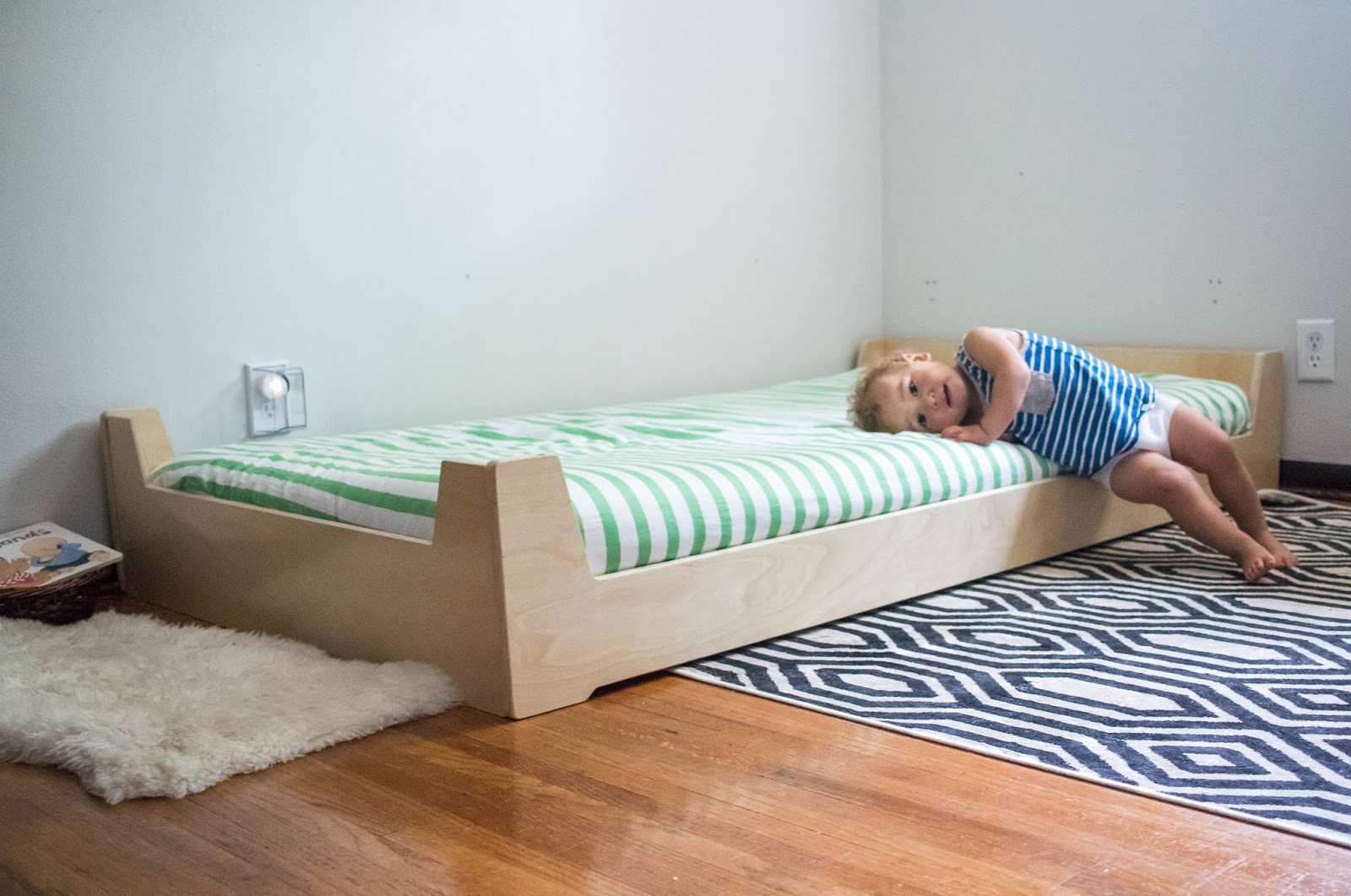



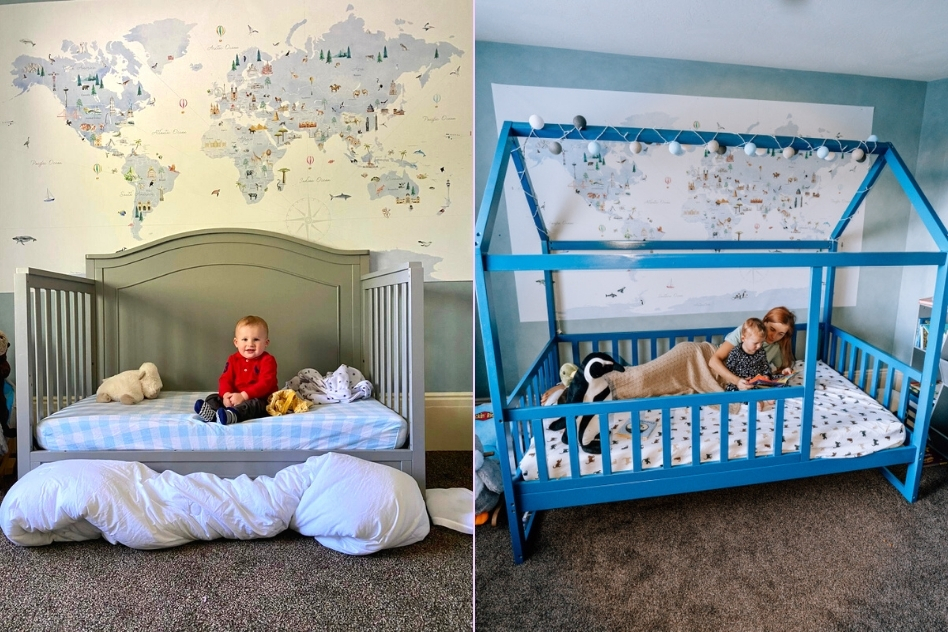
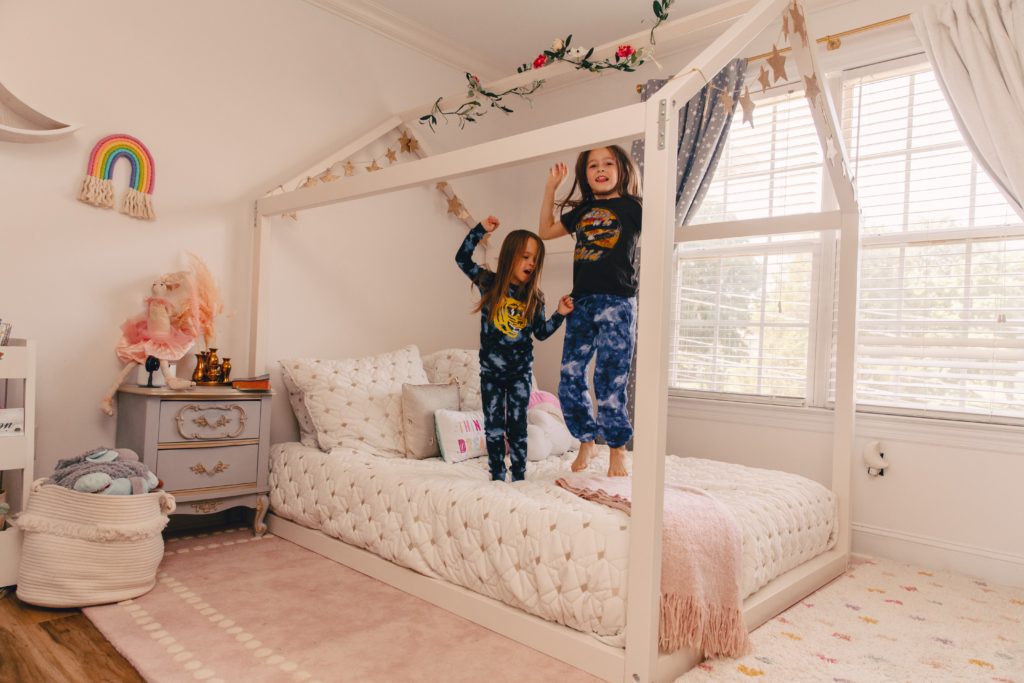


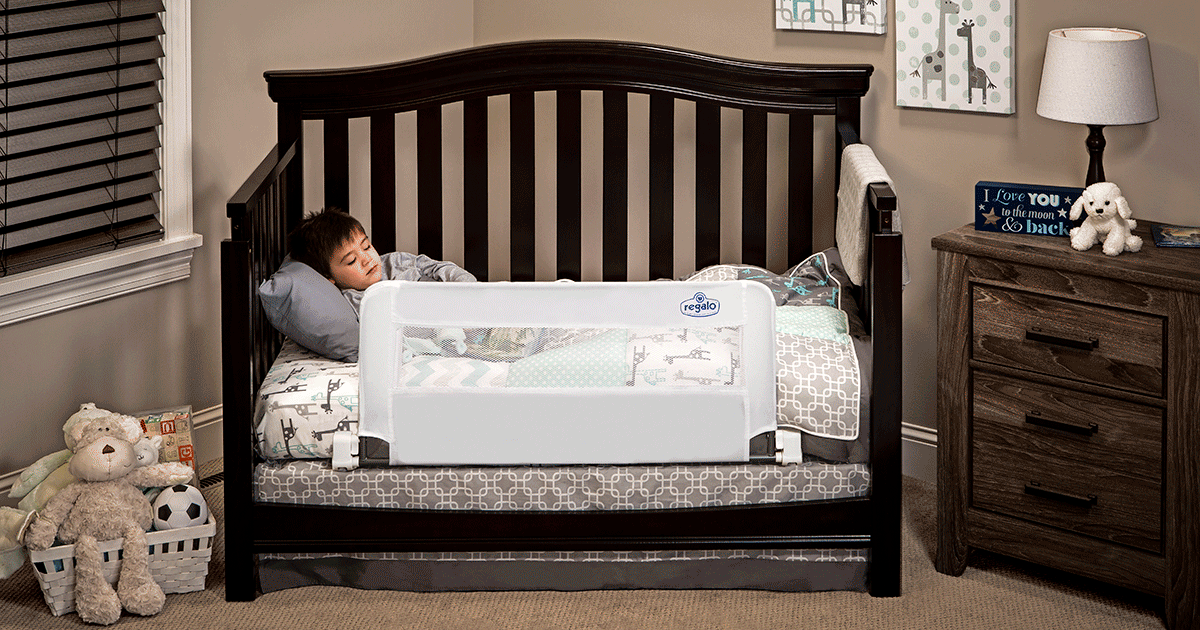
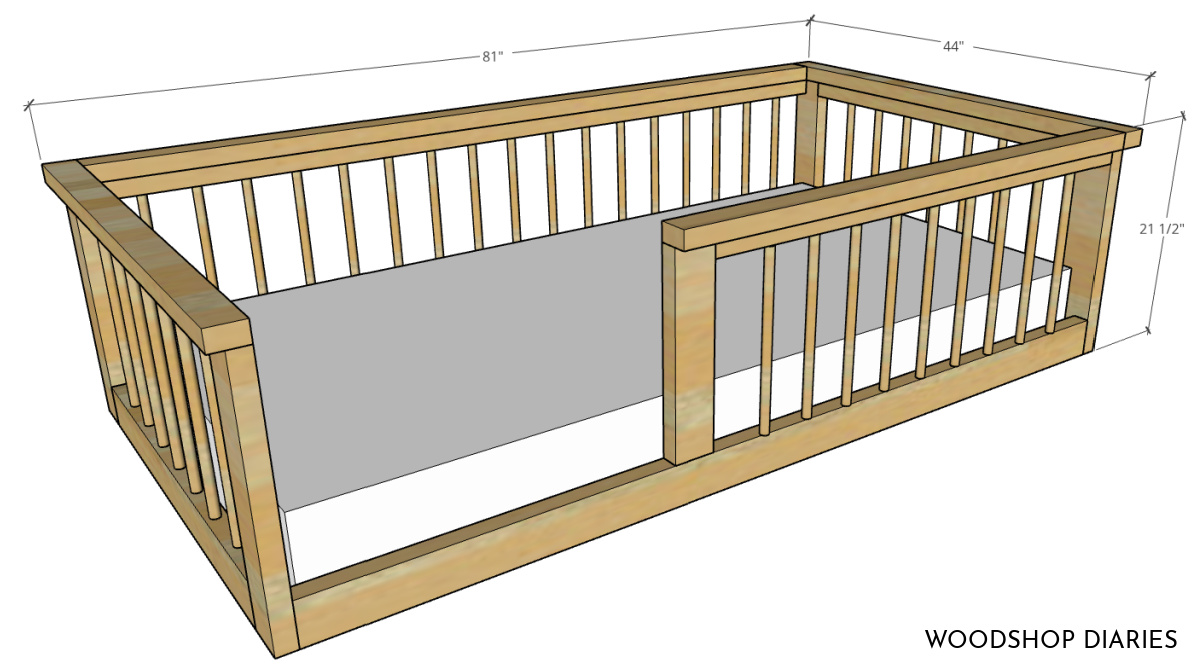

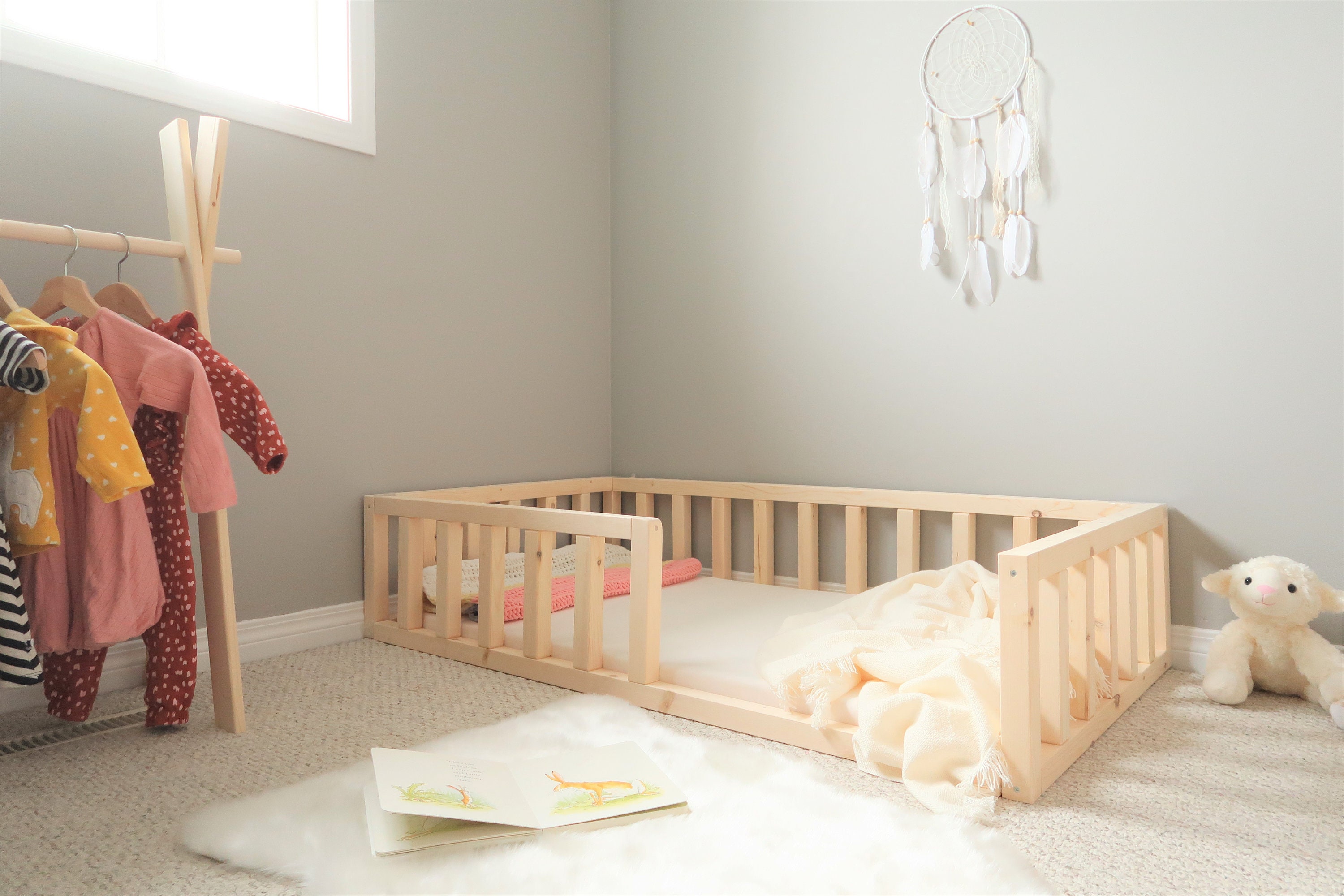
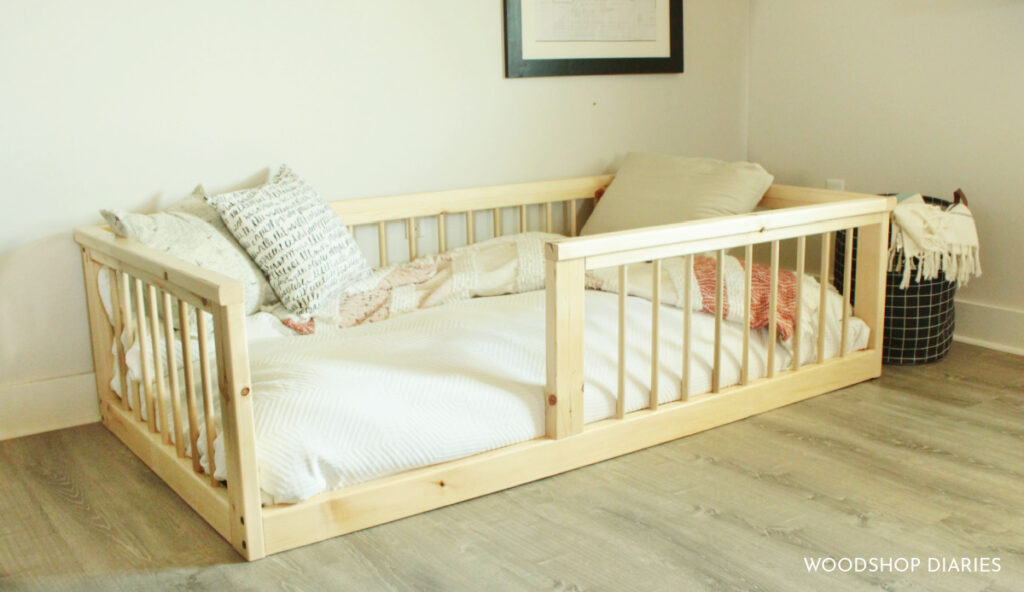


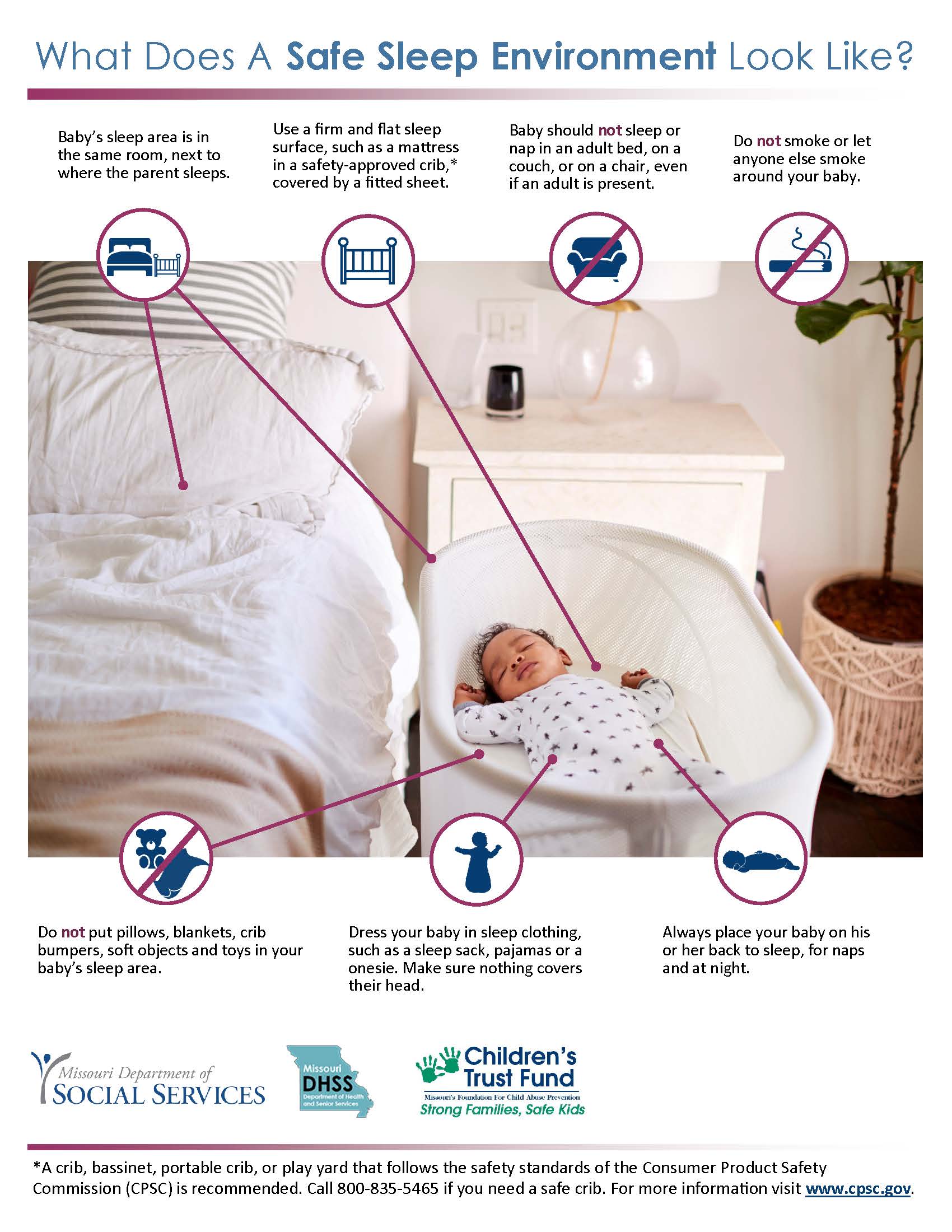

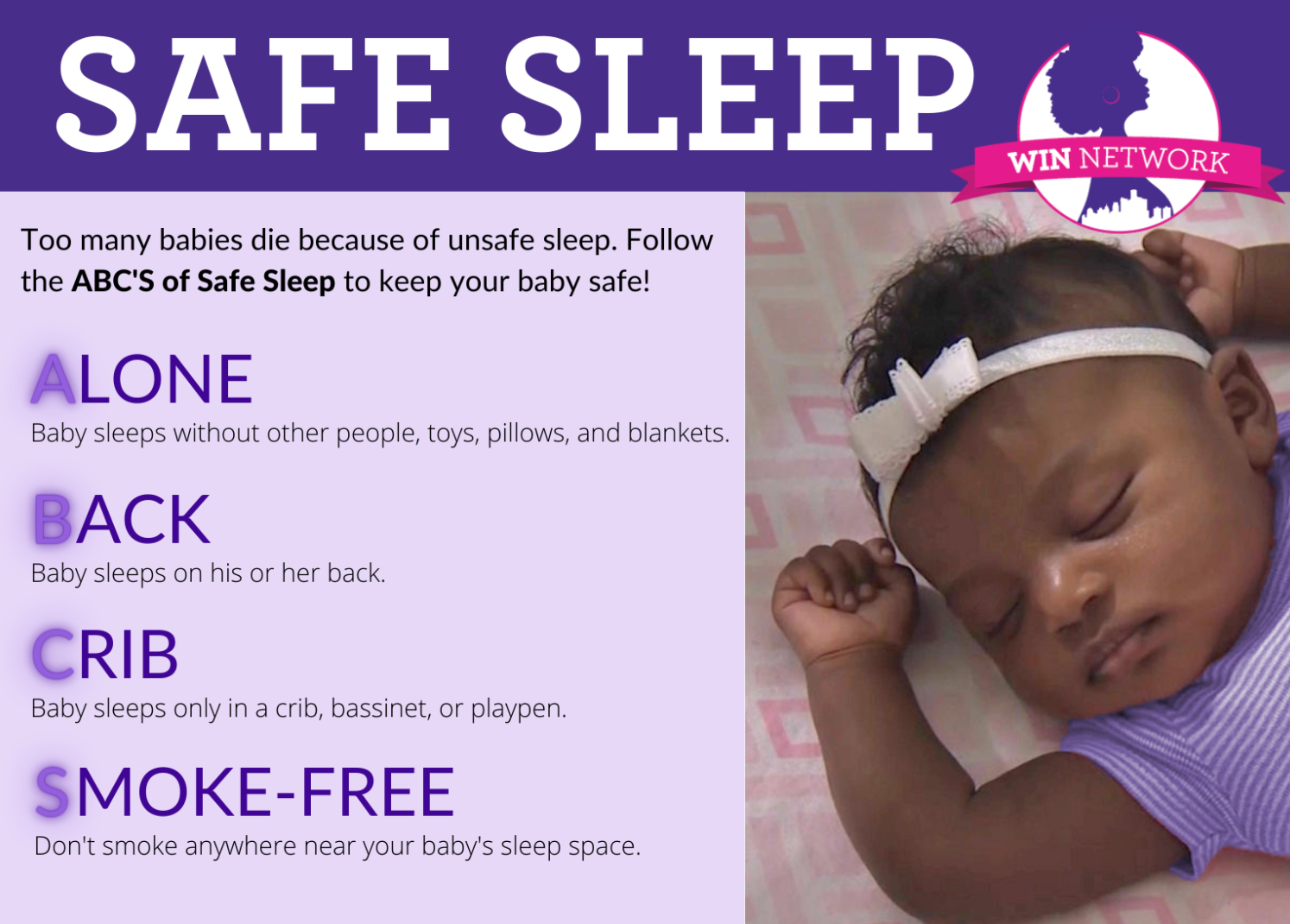



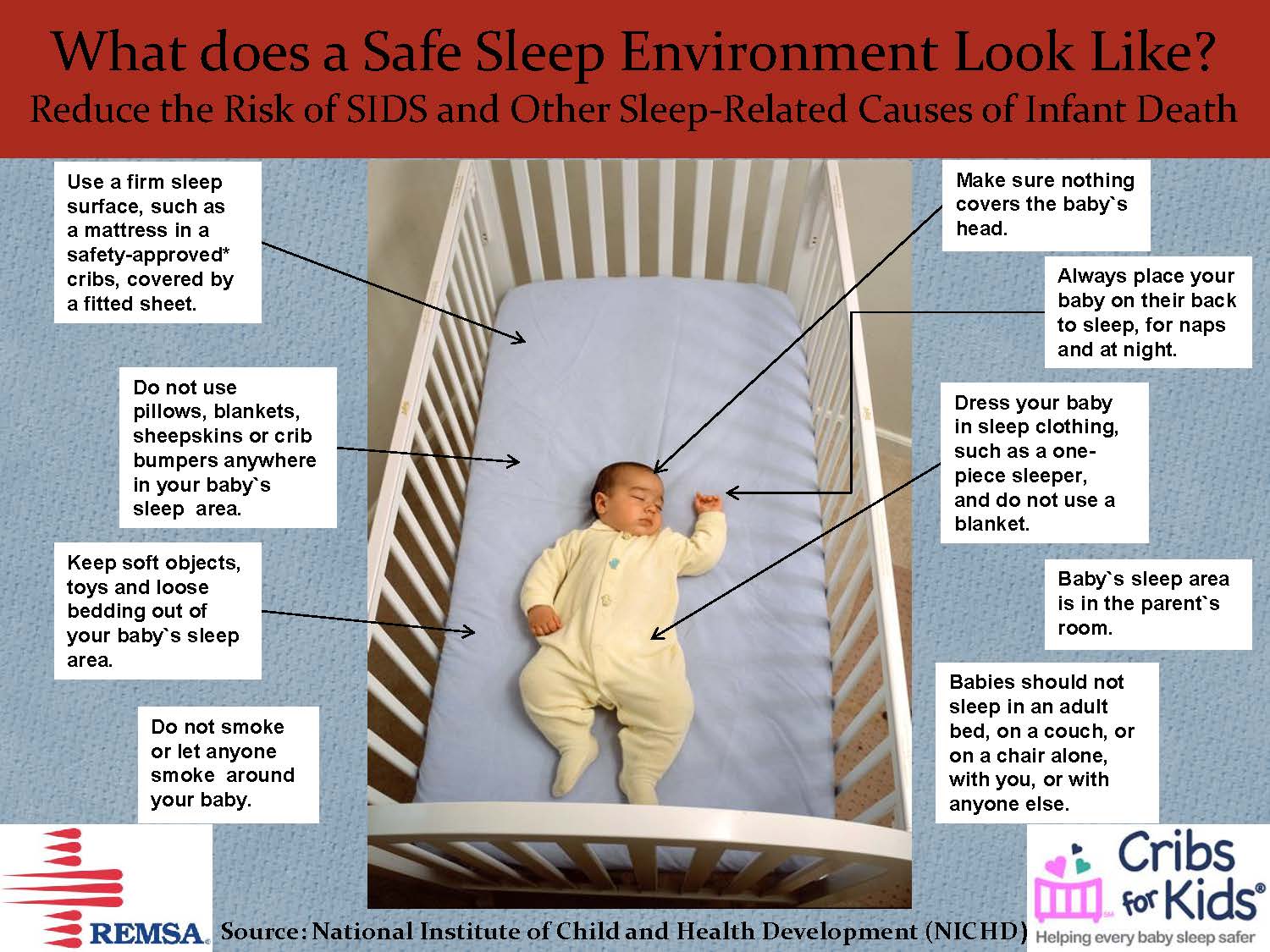
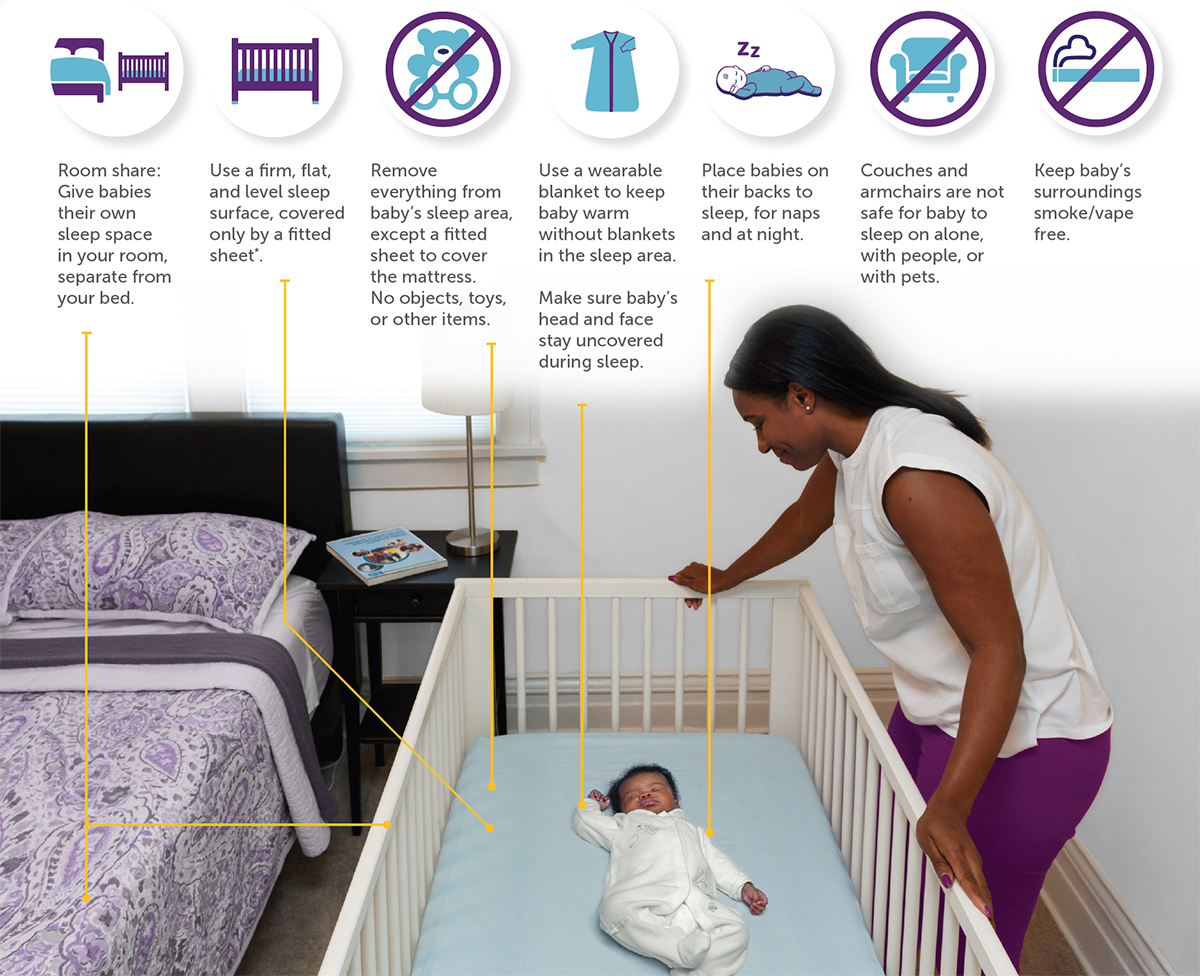

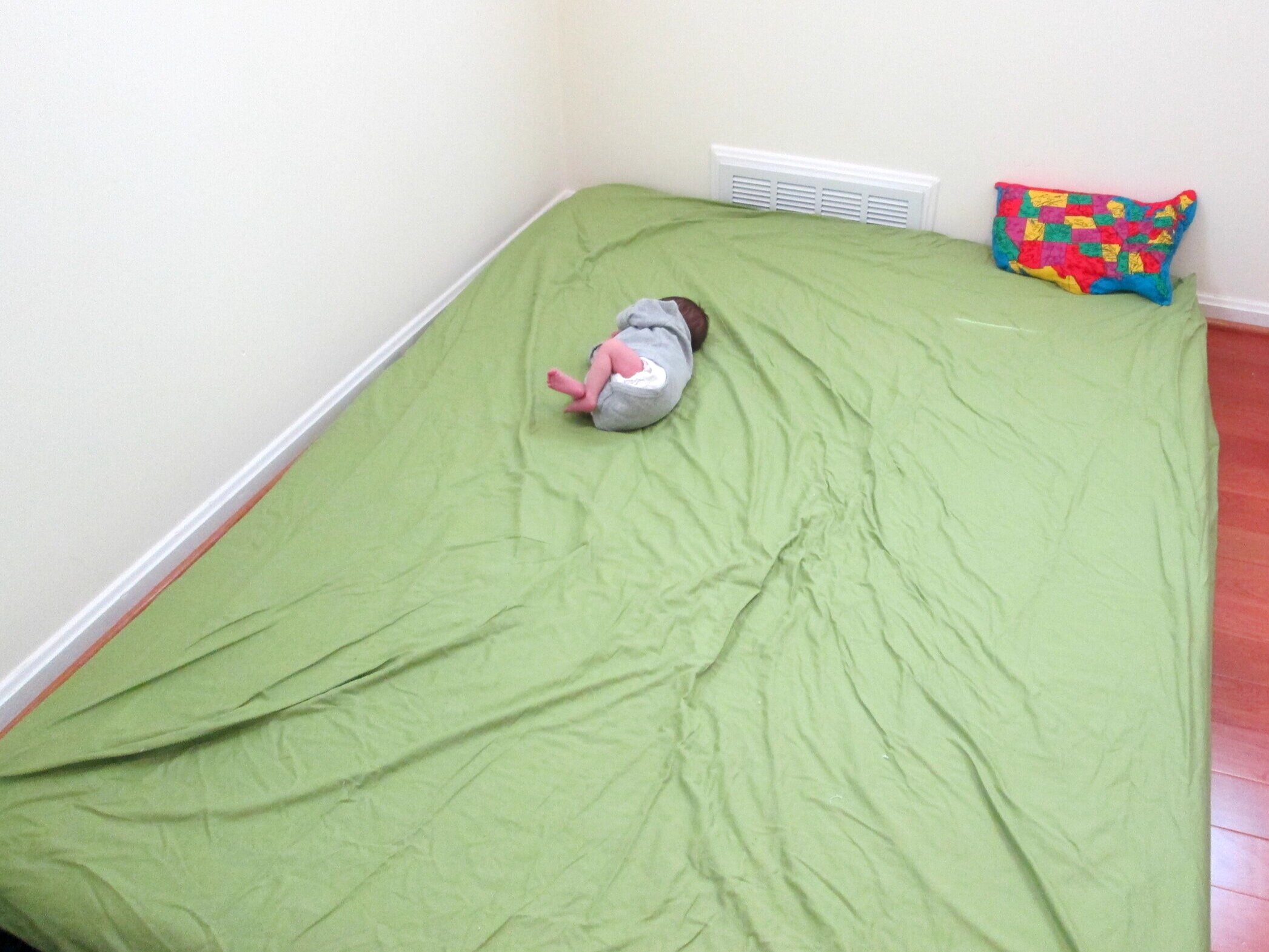



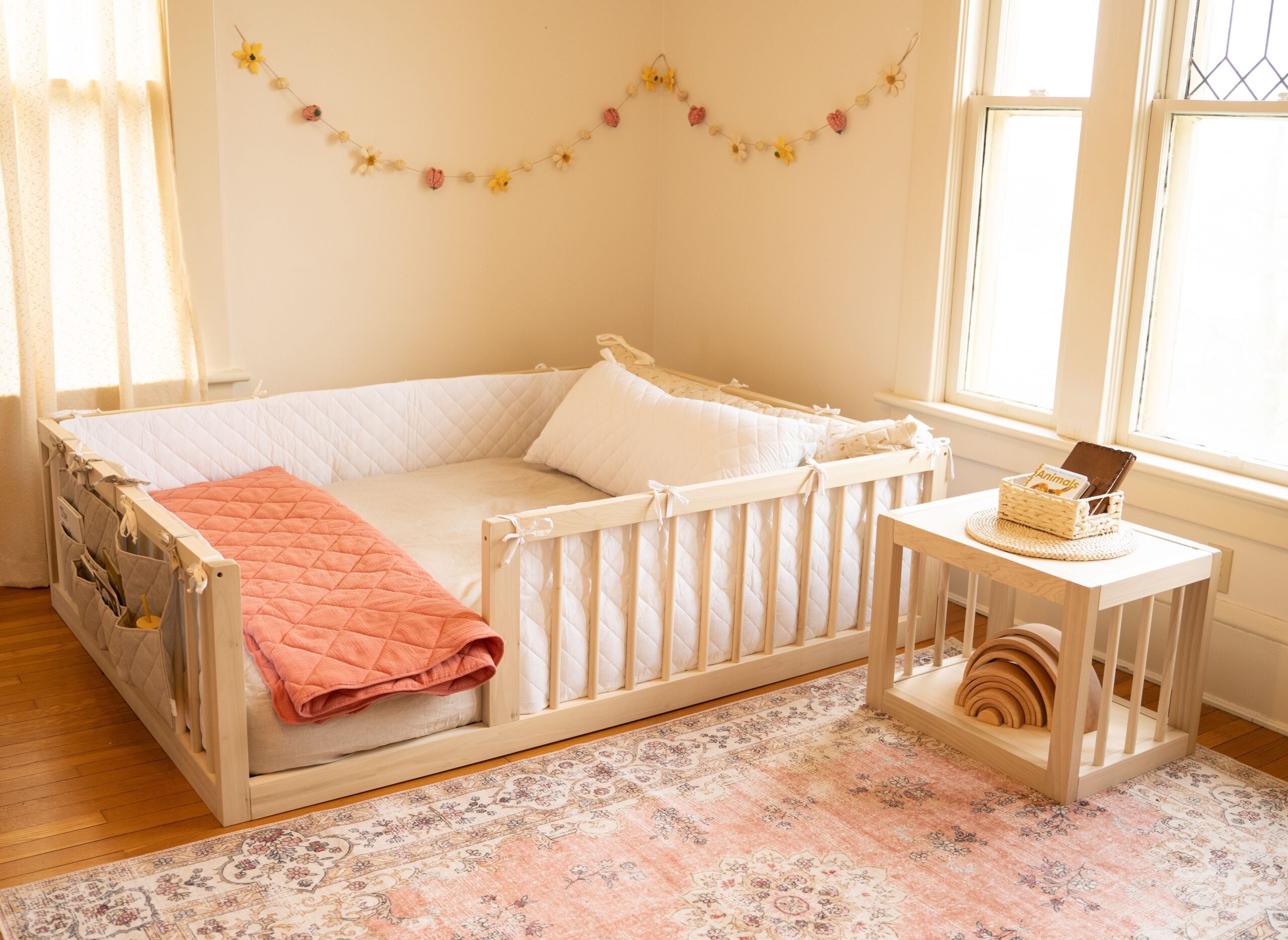

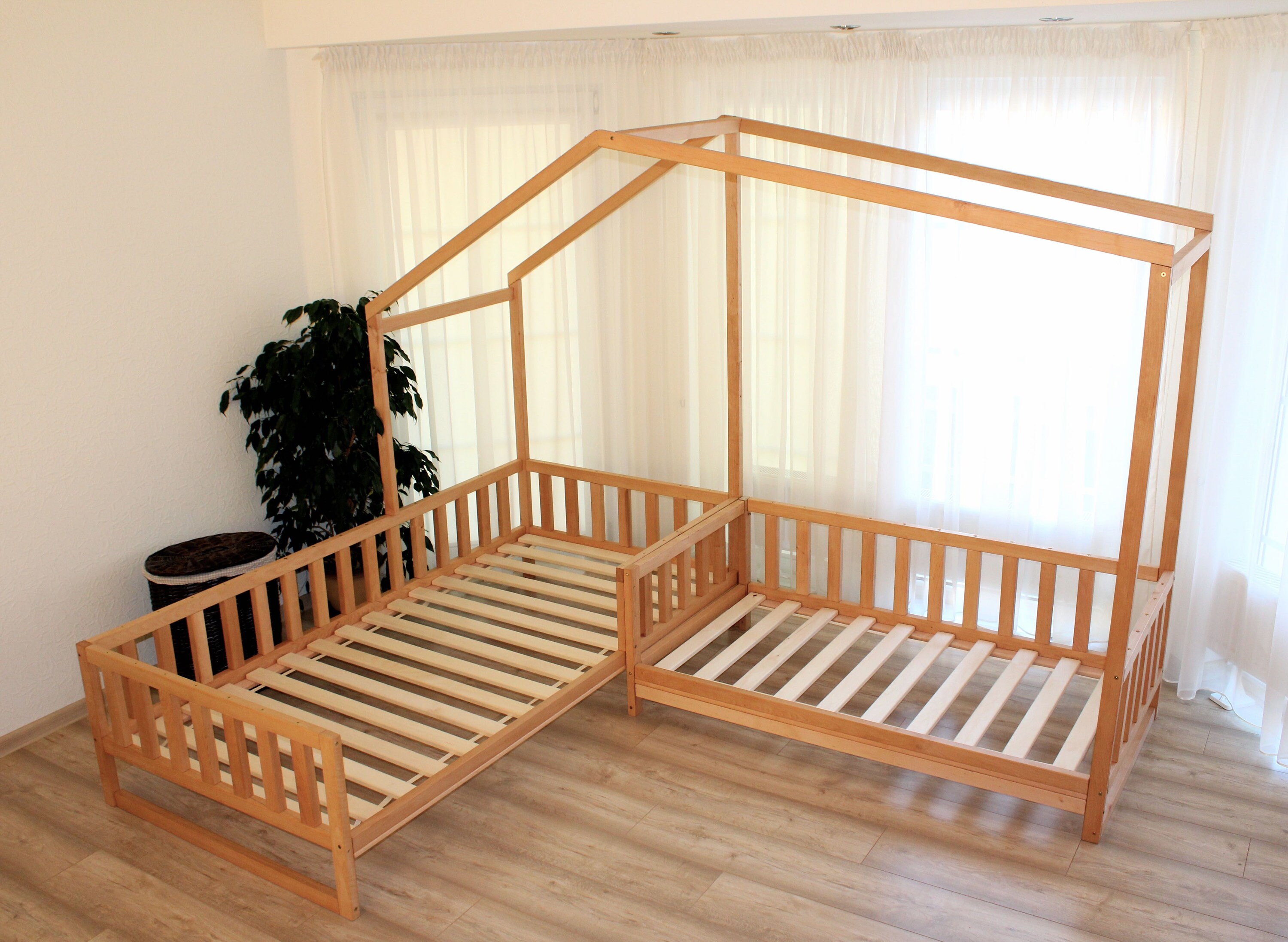
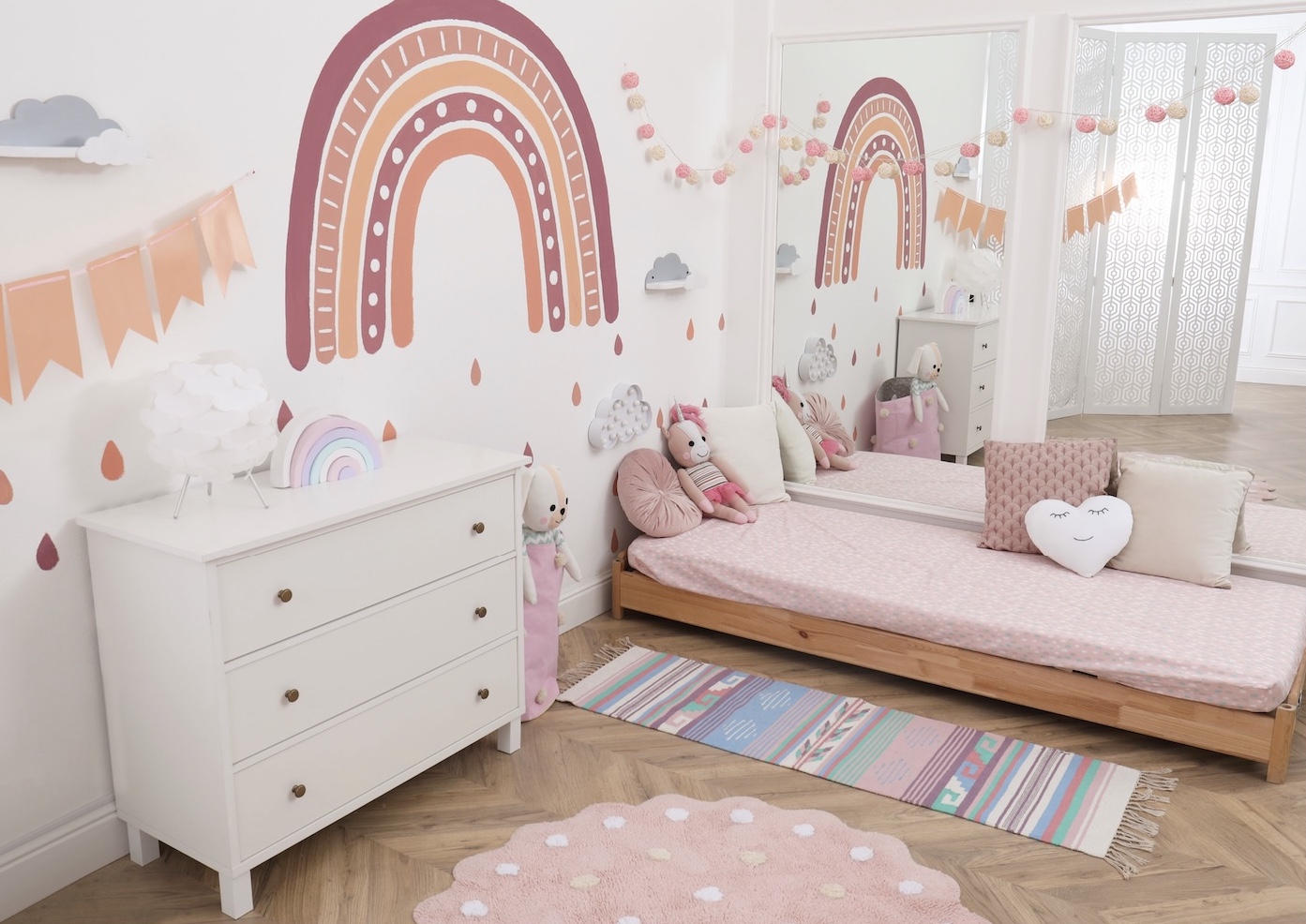






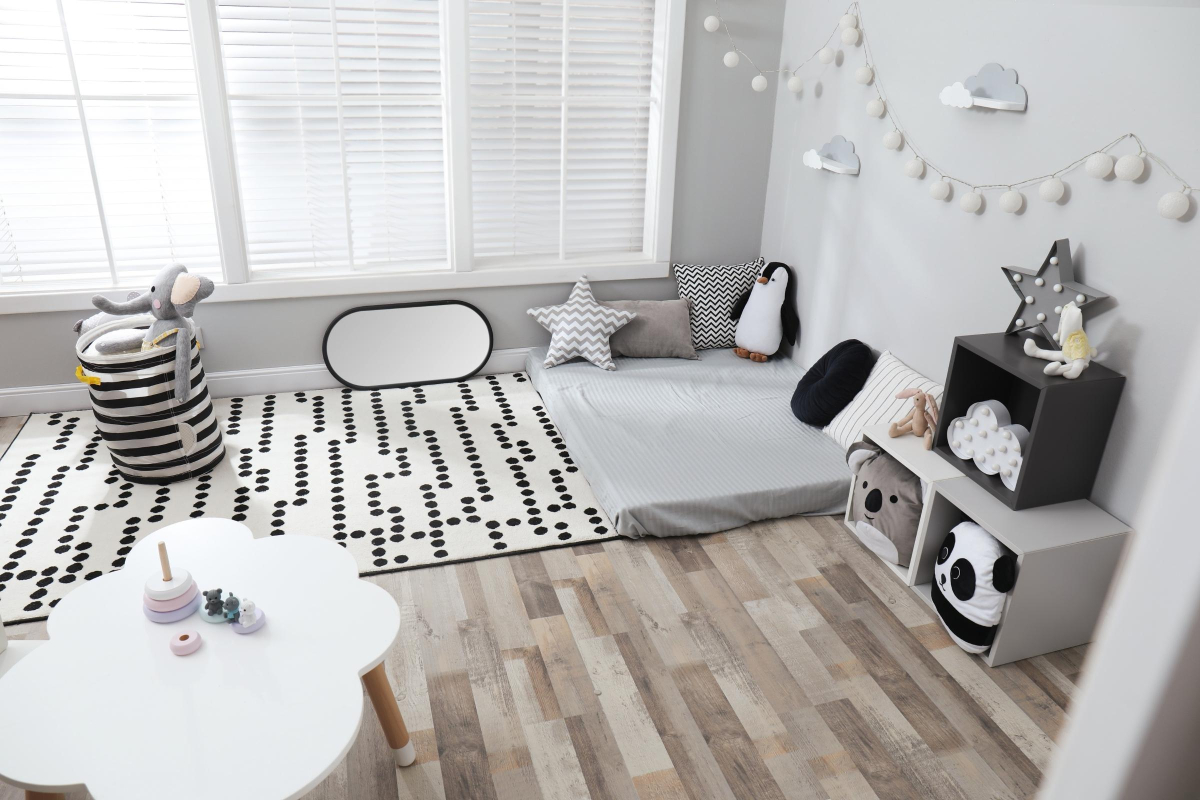




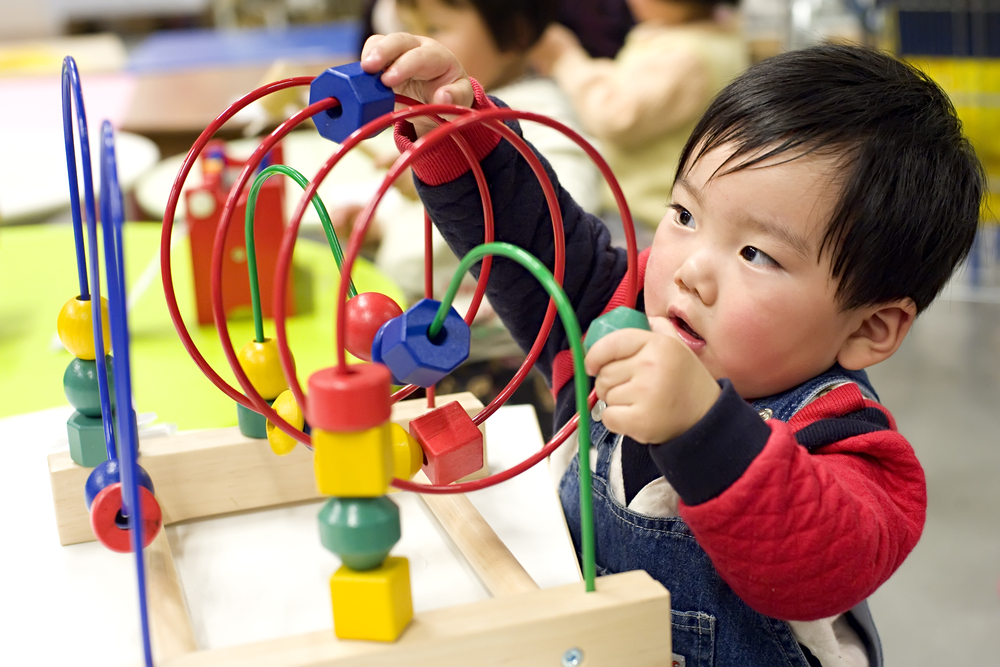
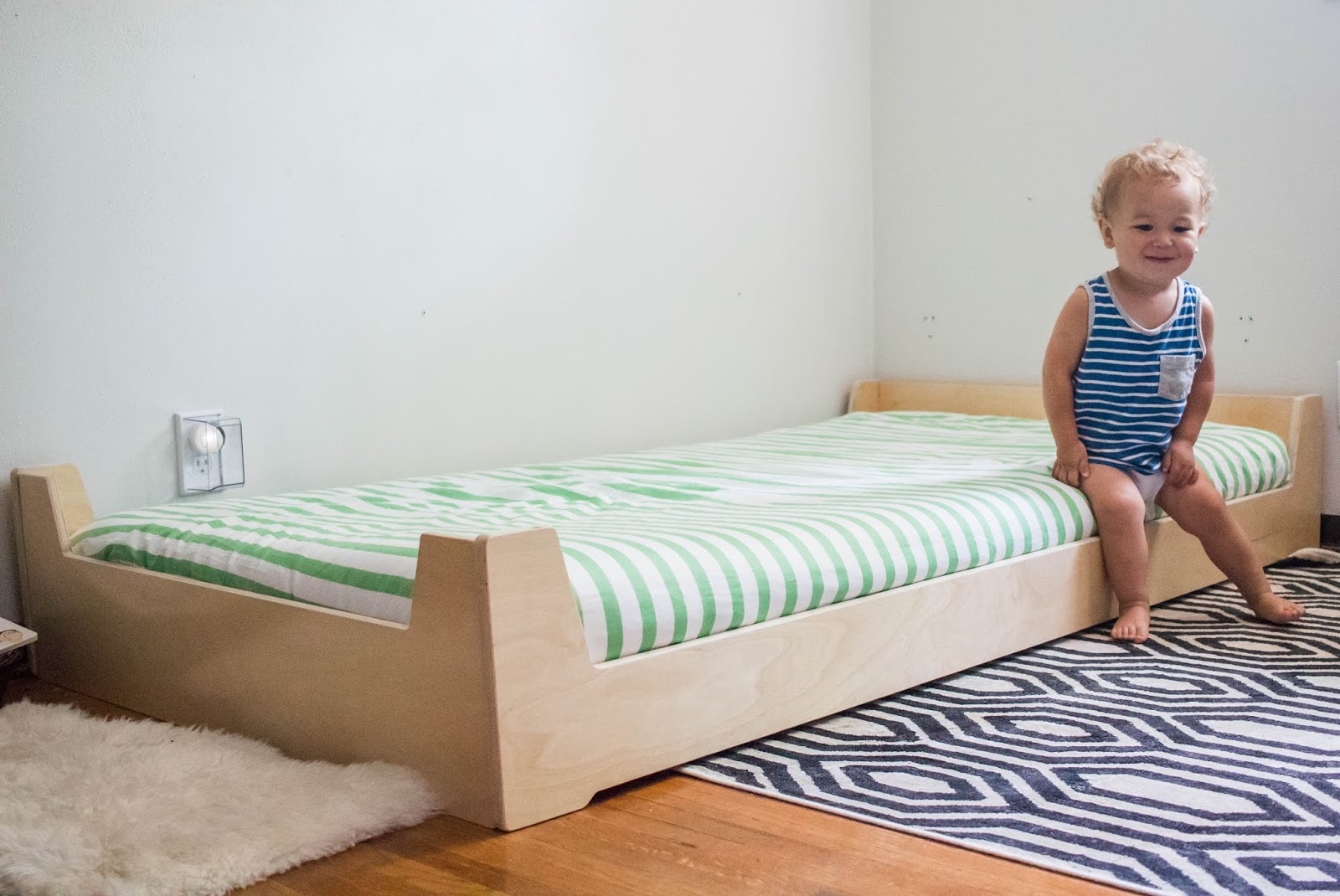







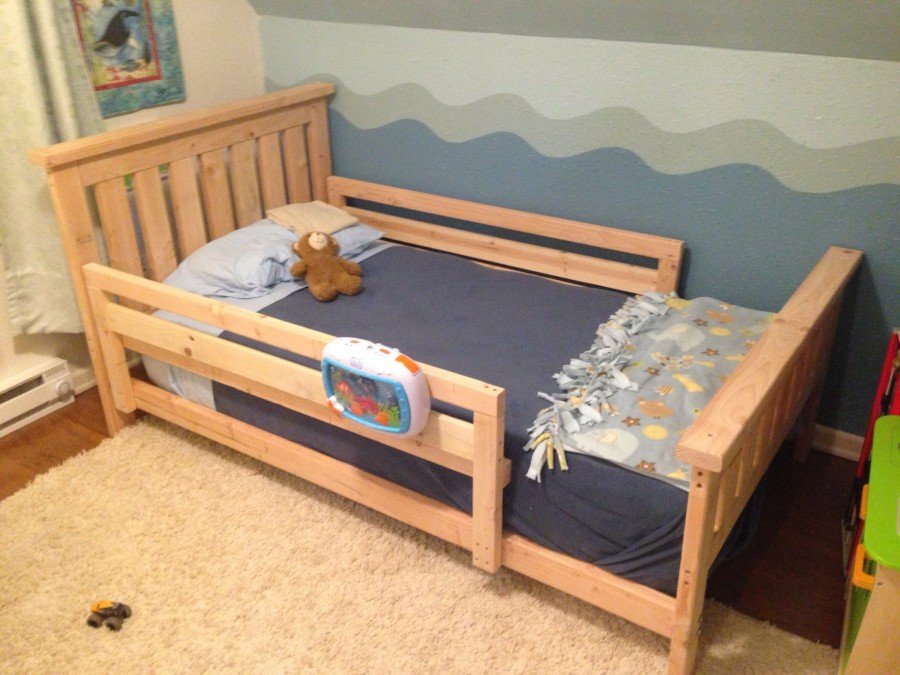
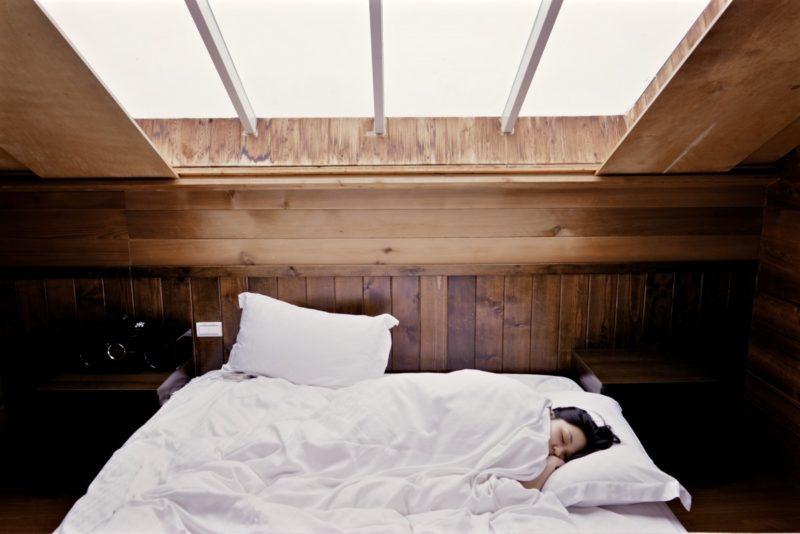
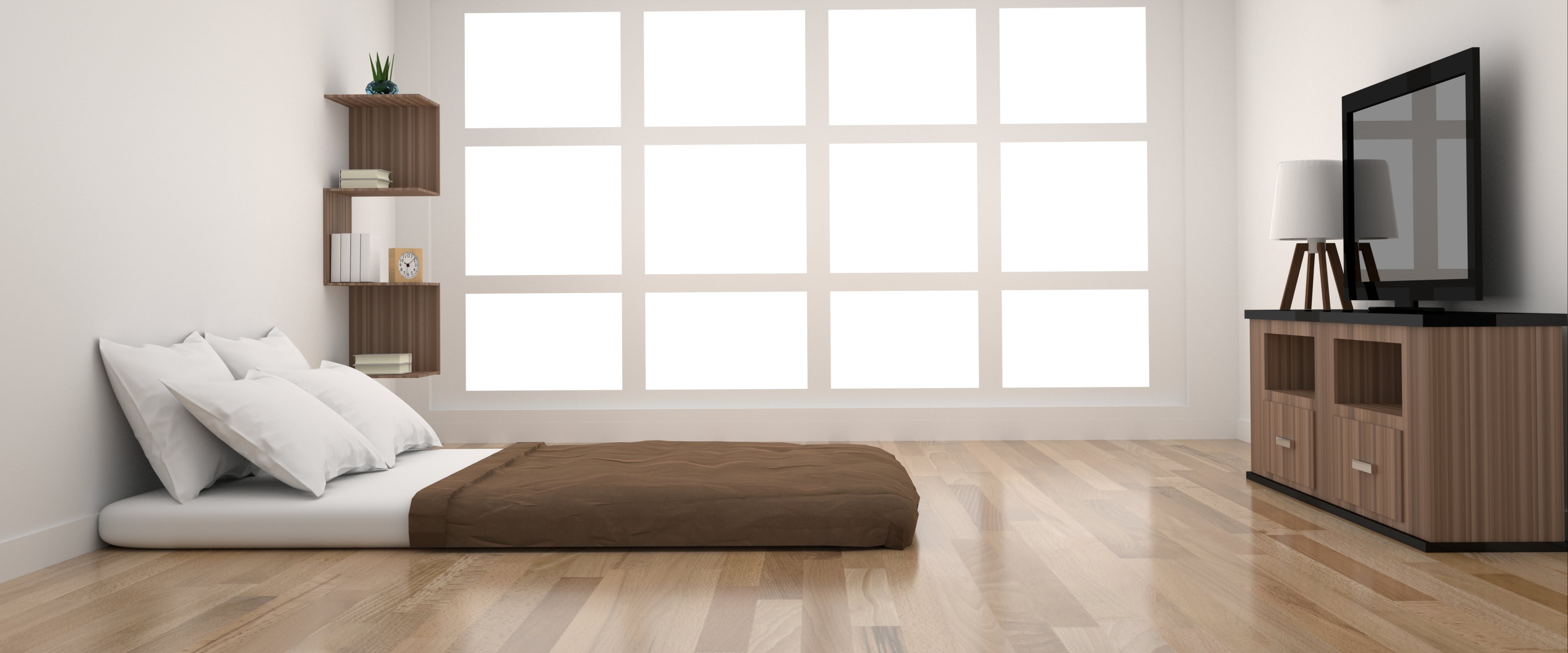

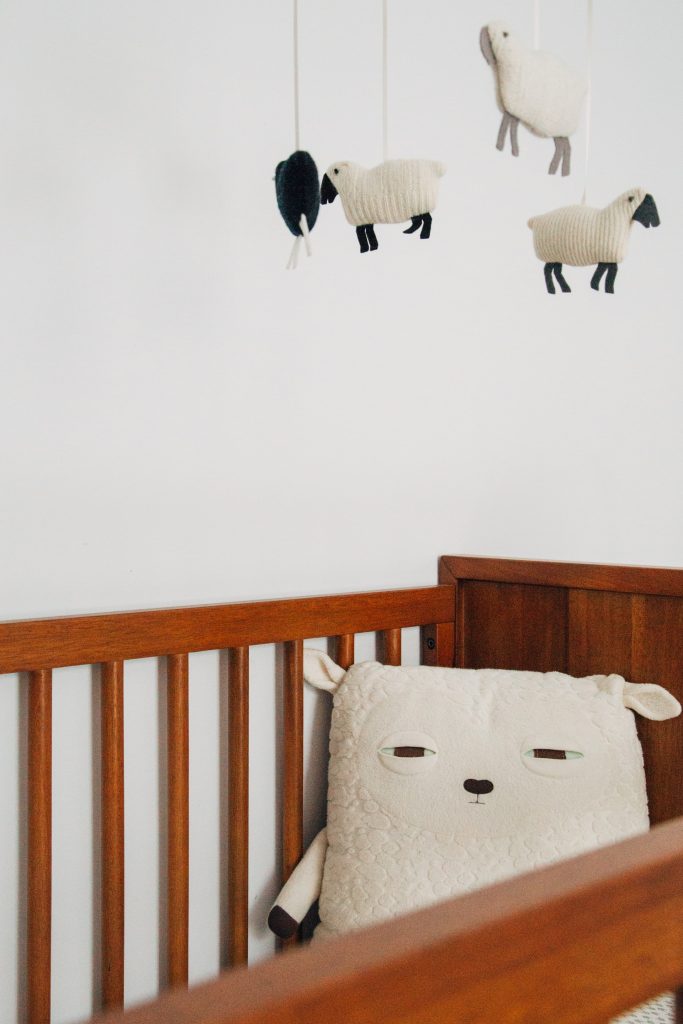














/102562224-56aafb935f9b58b7d00929bc.jpg)











